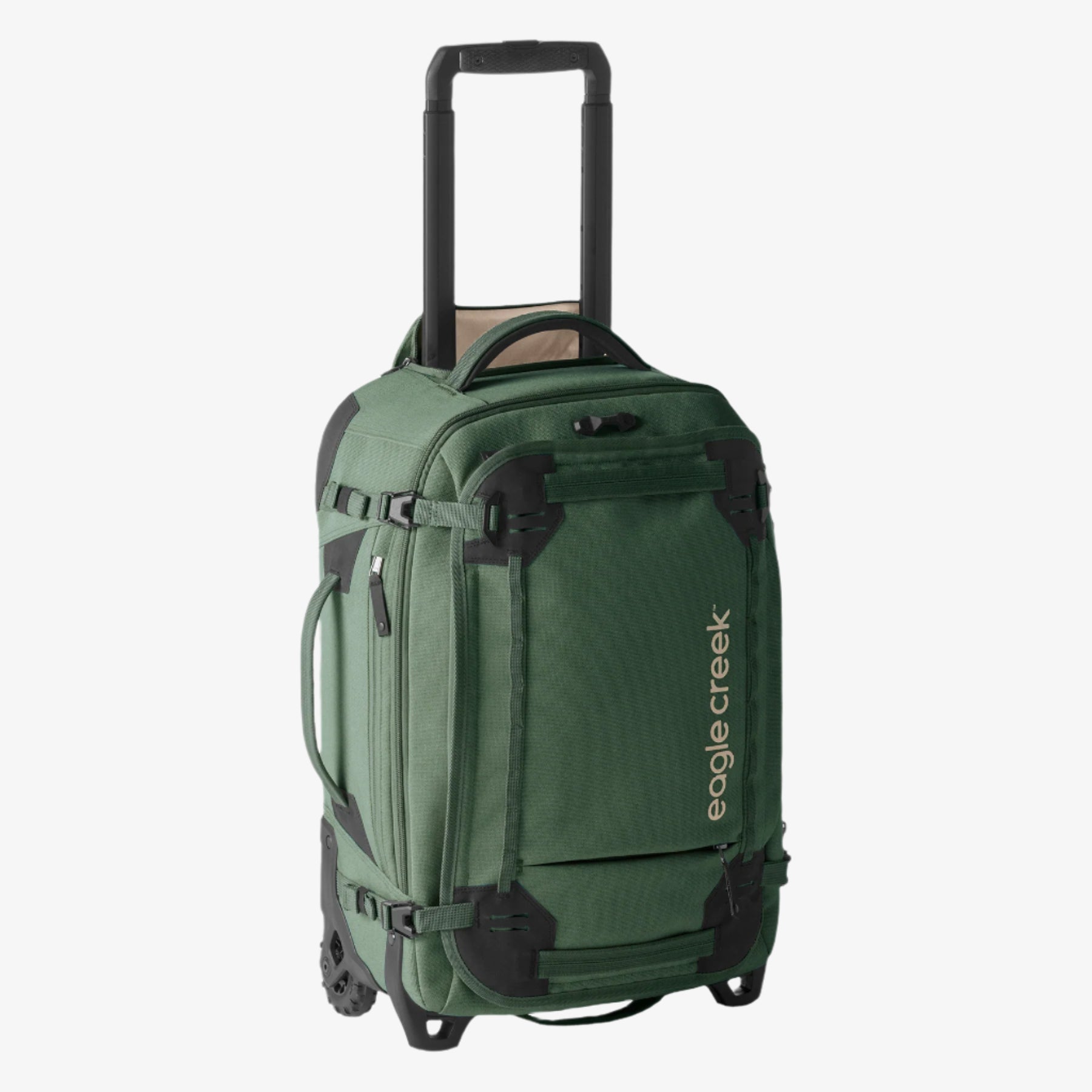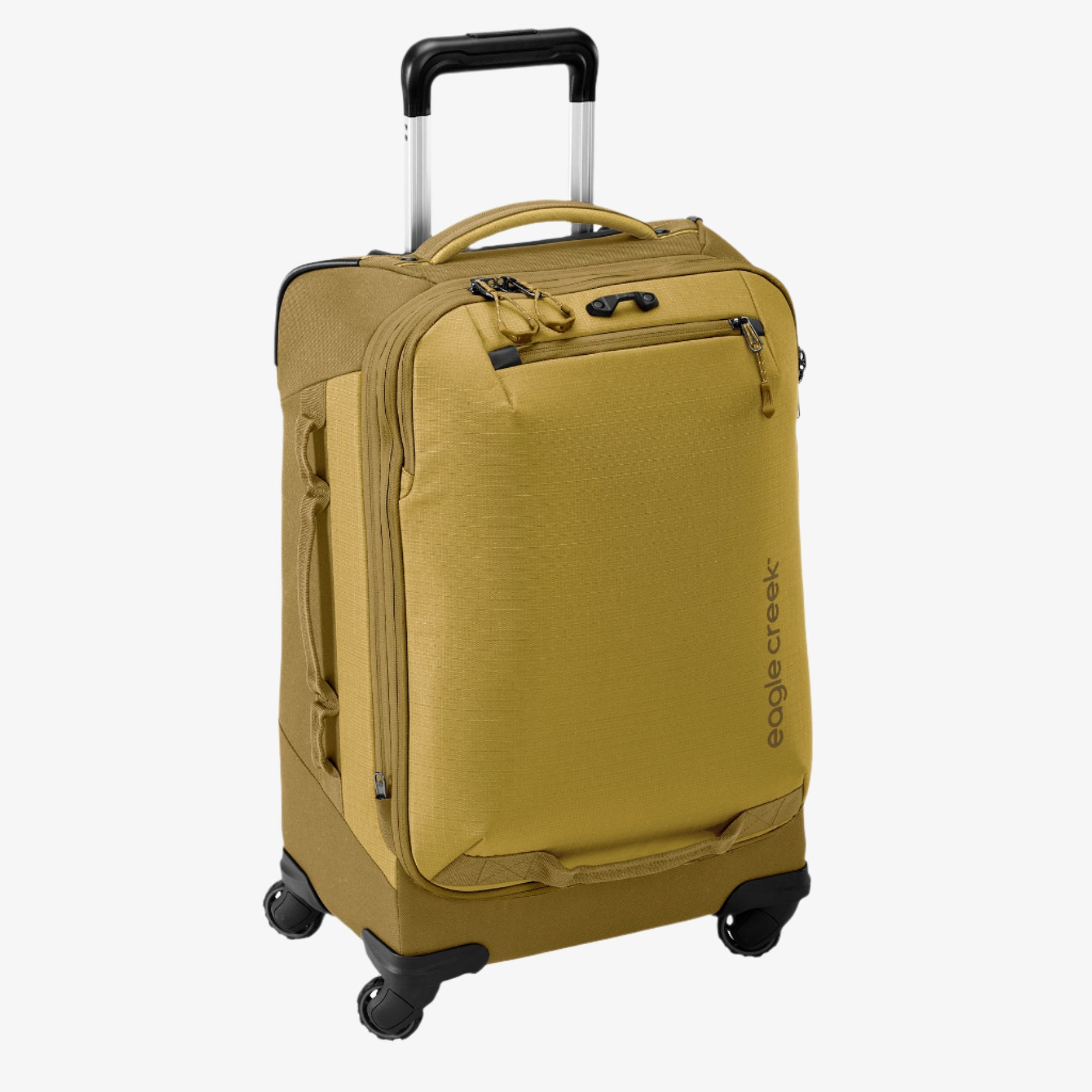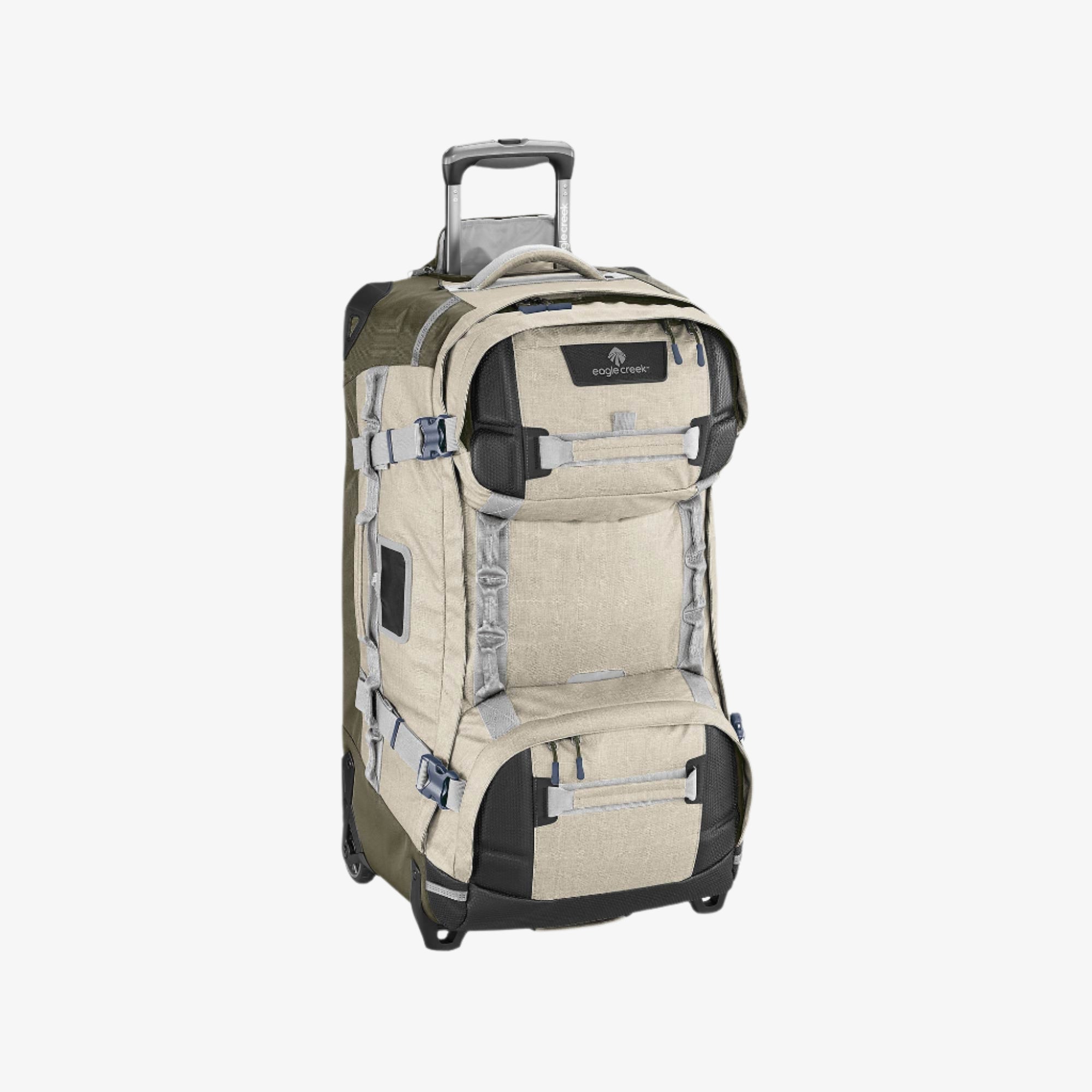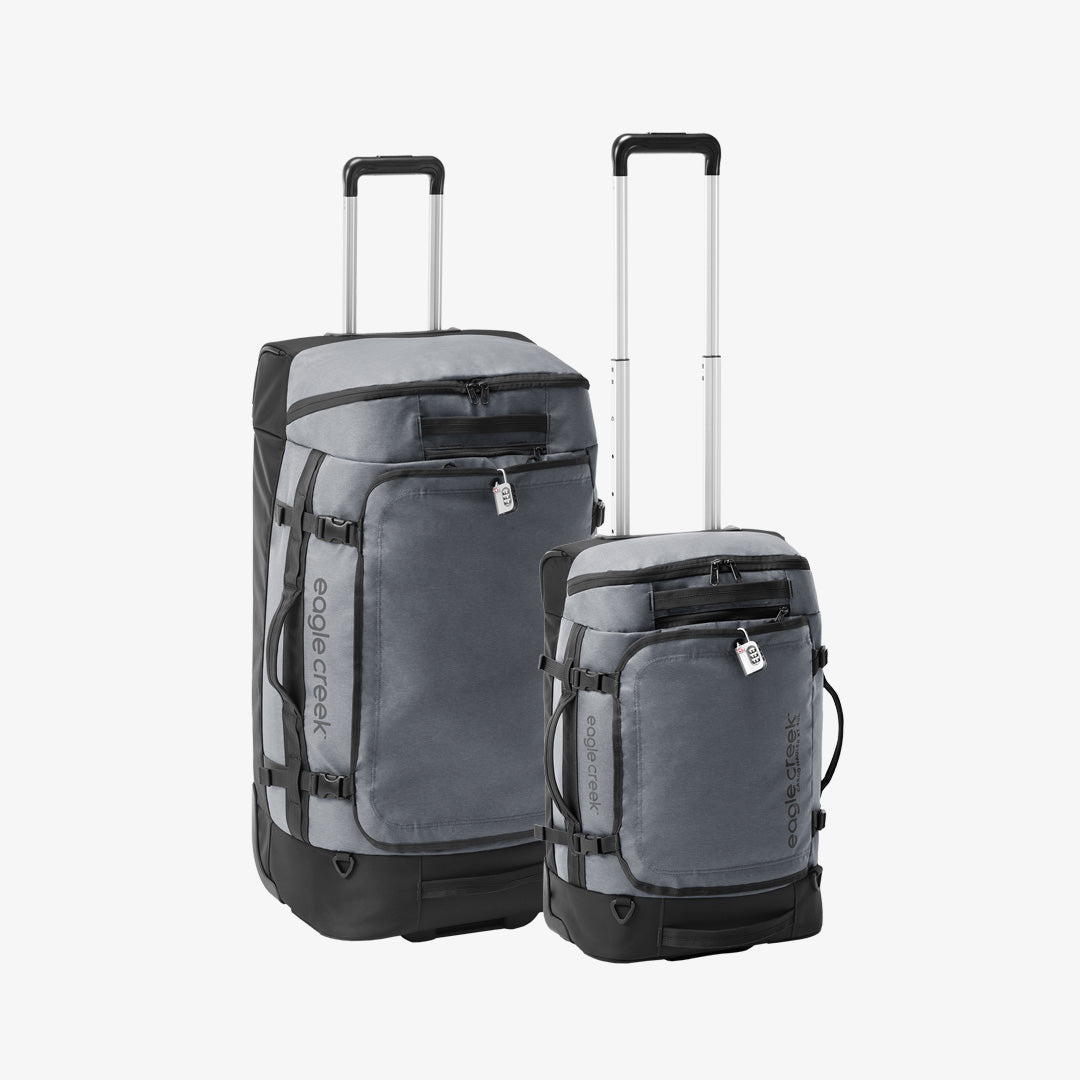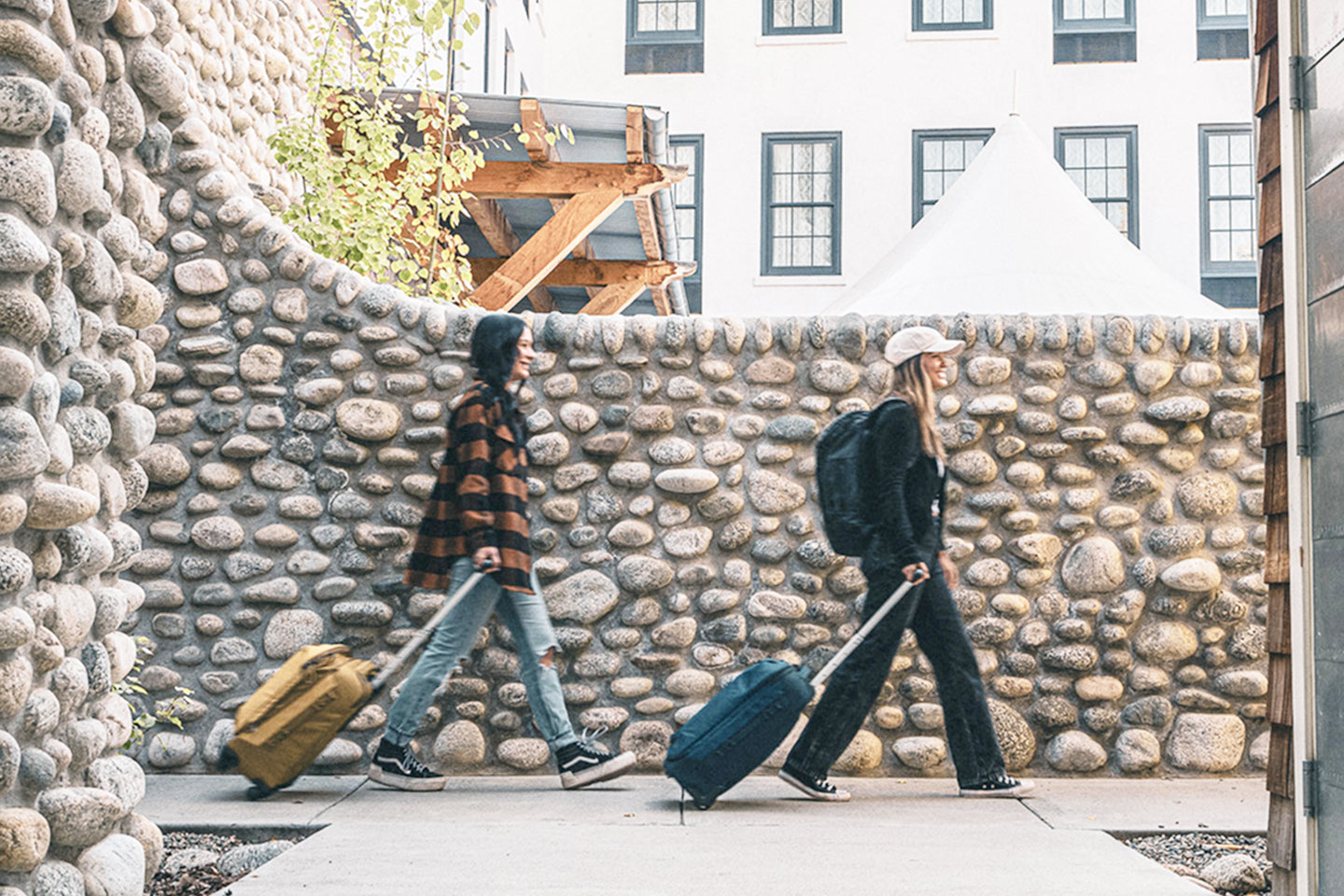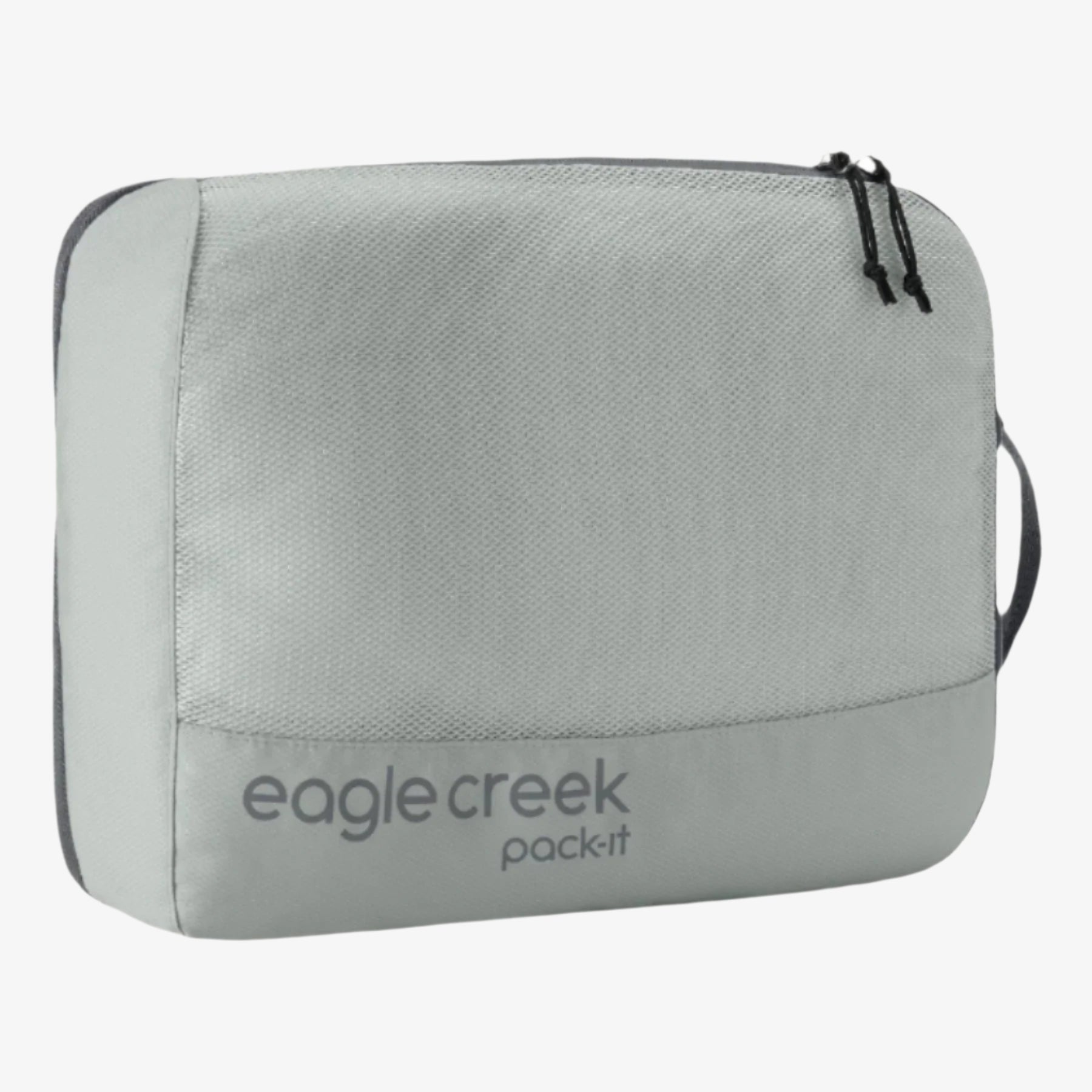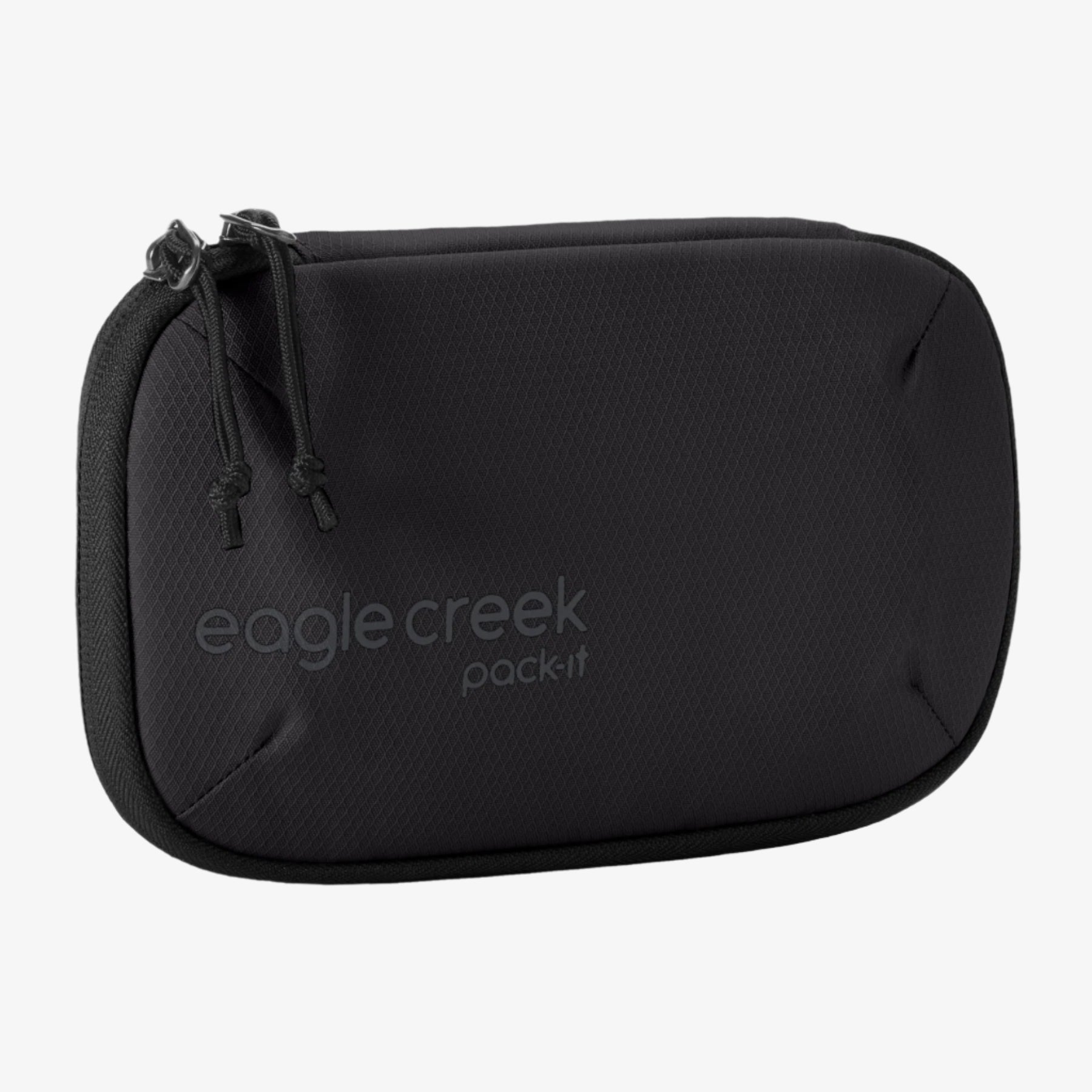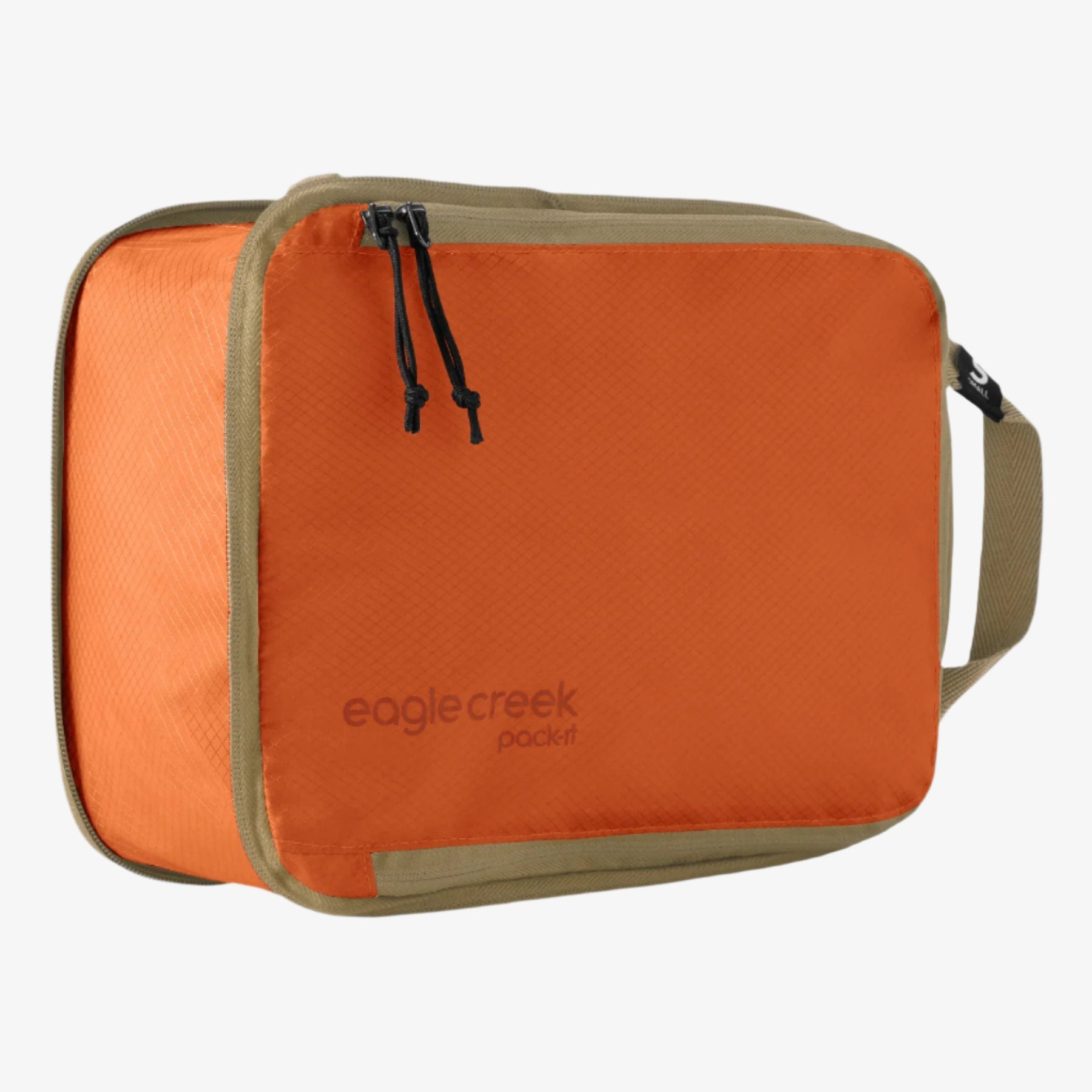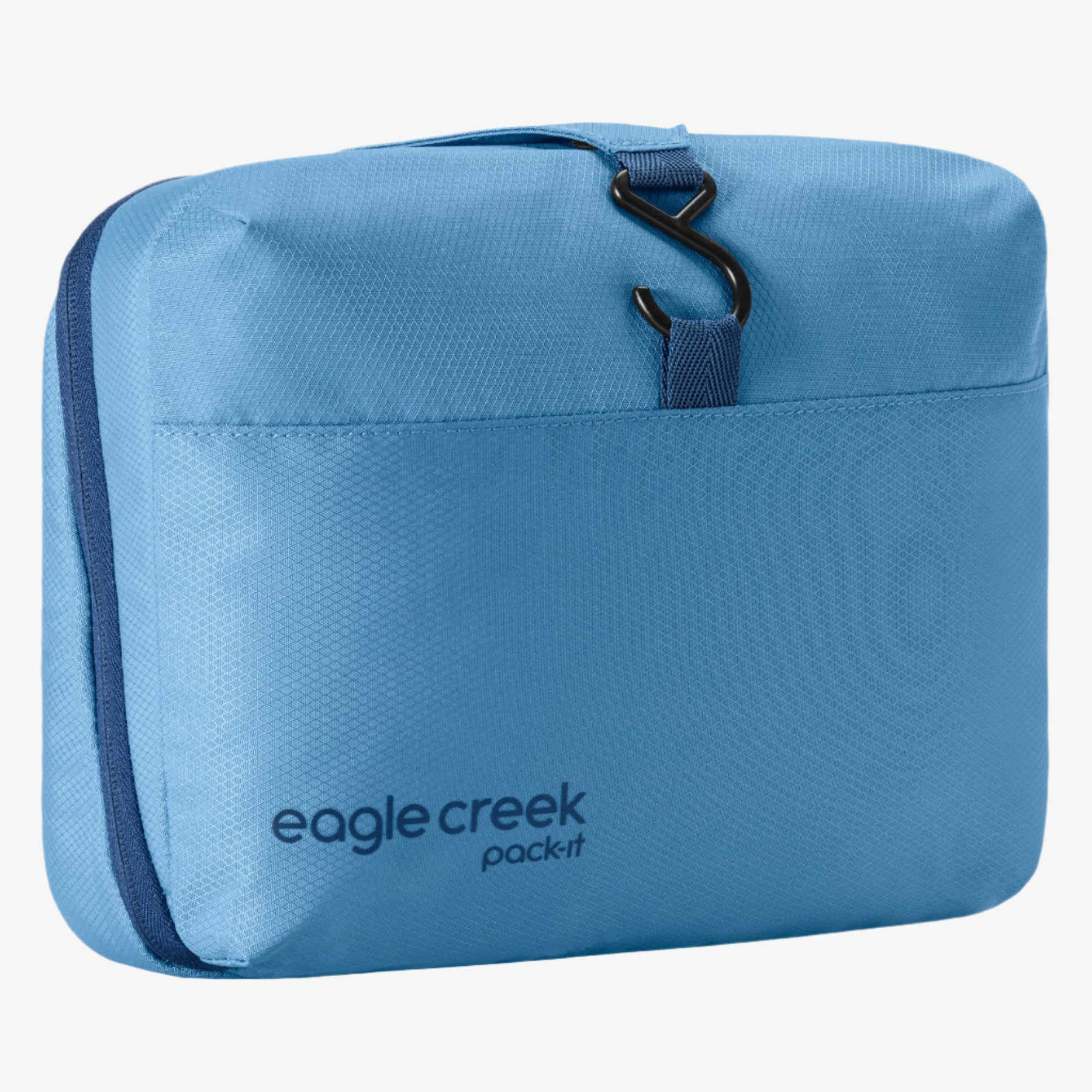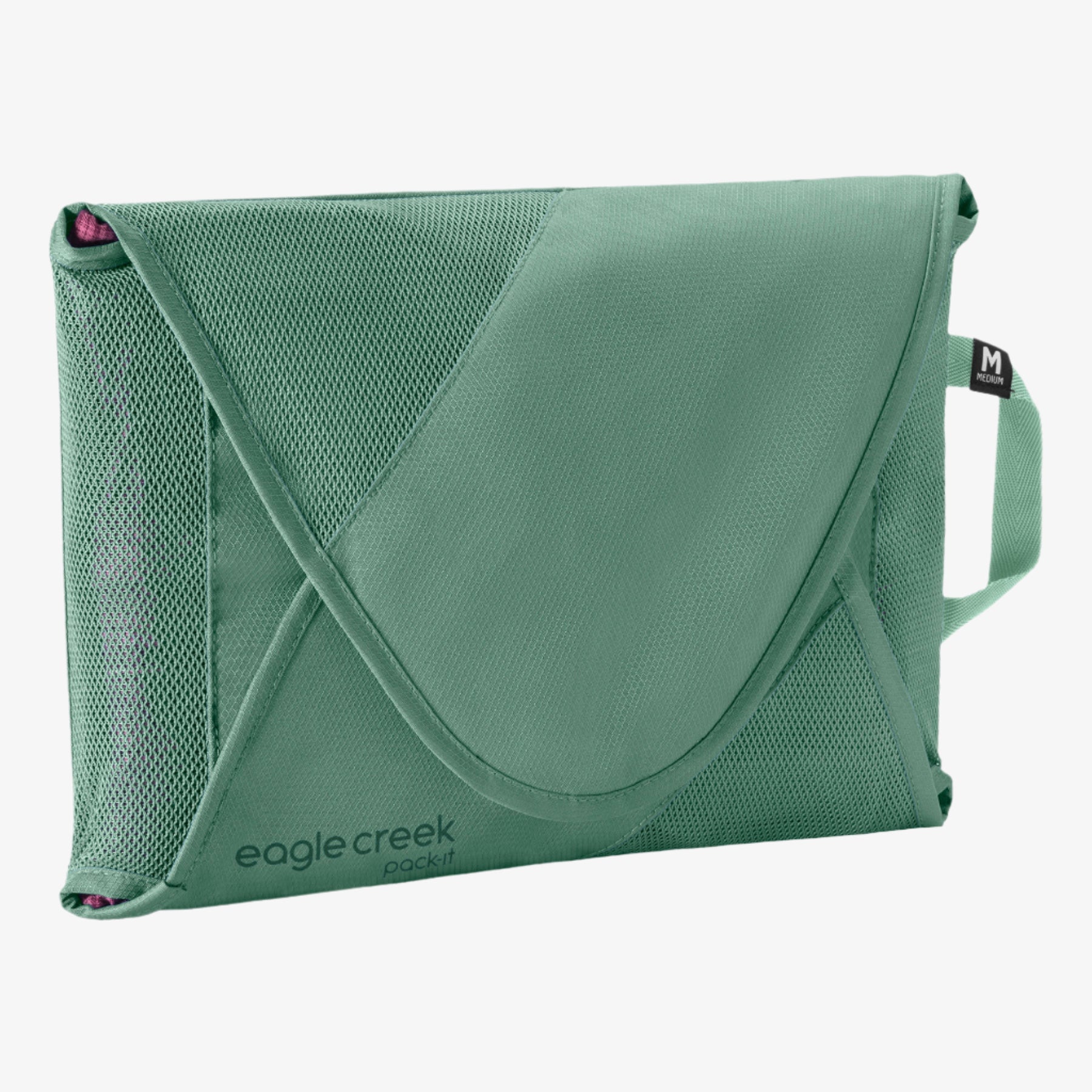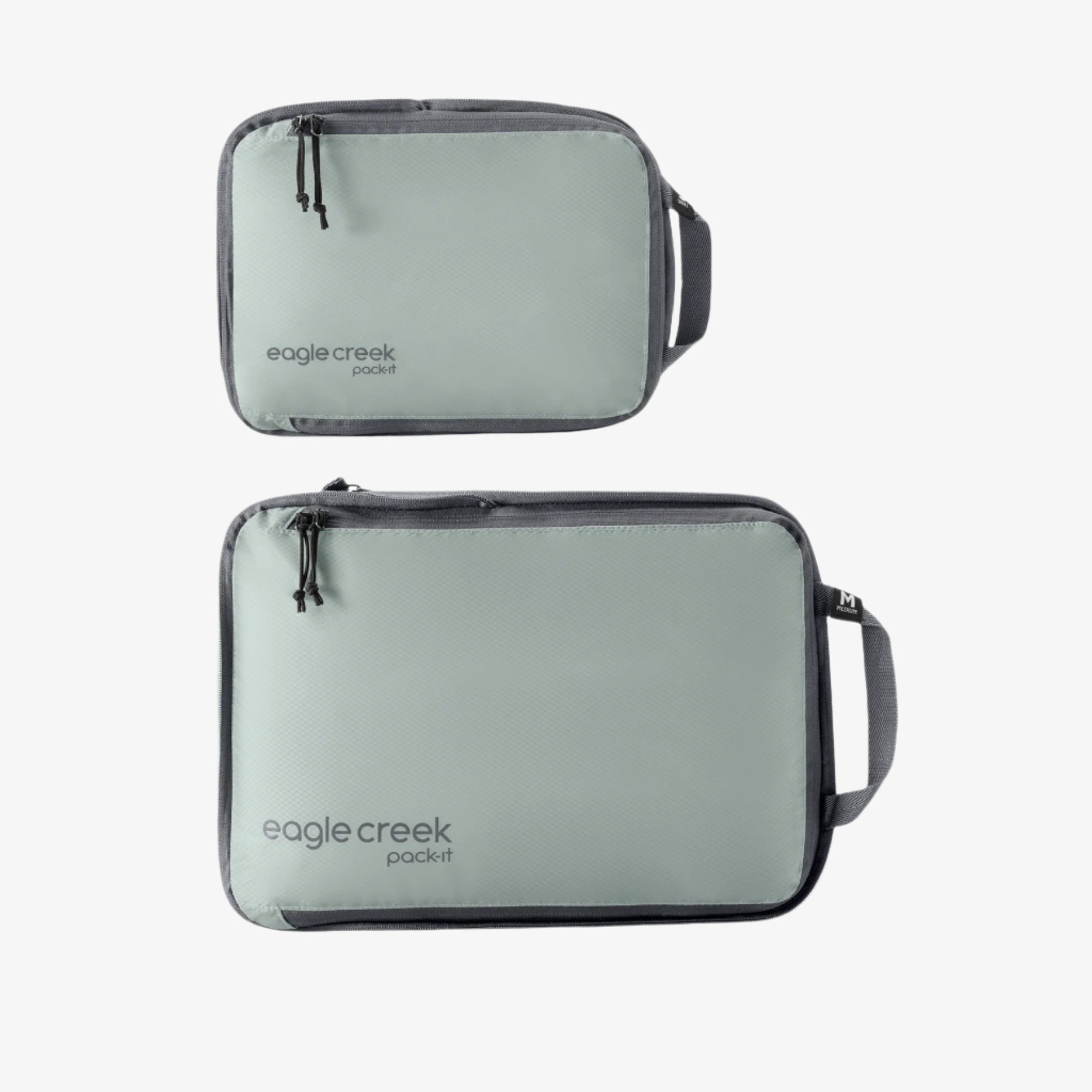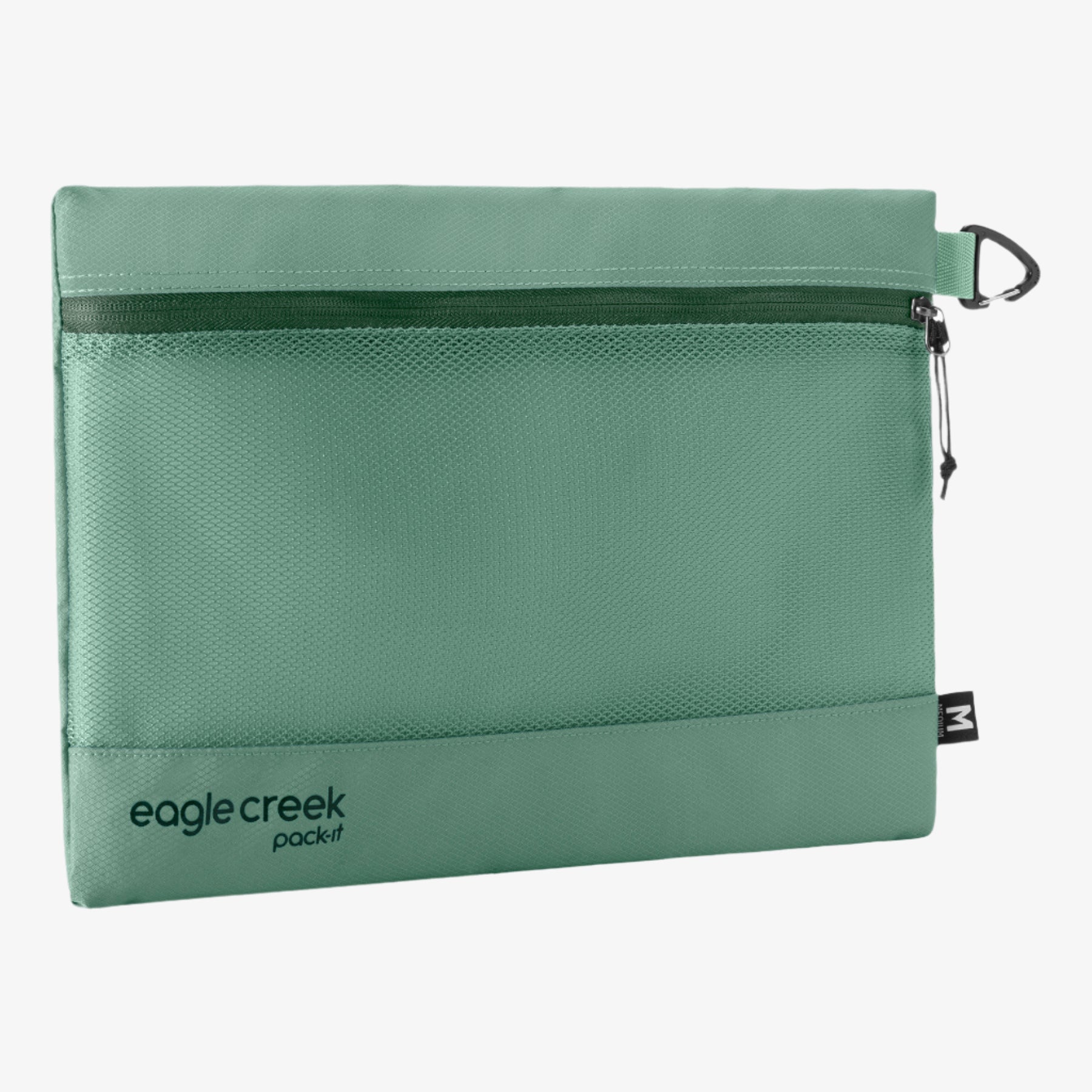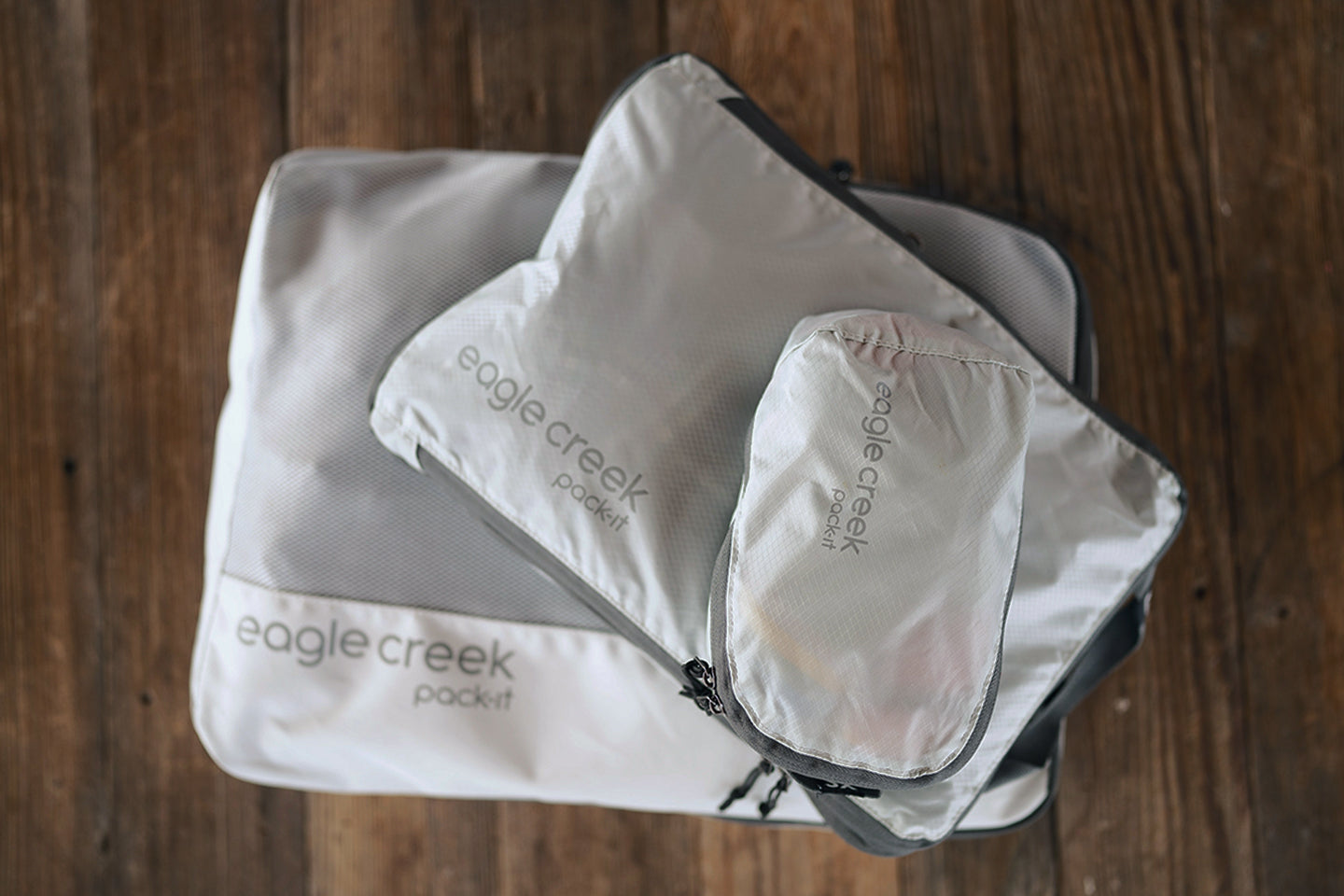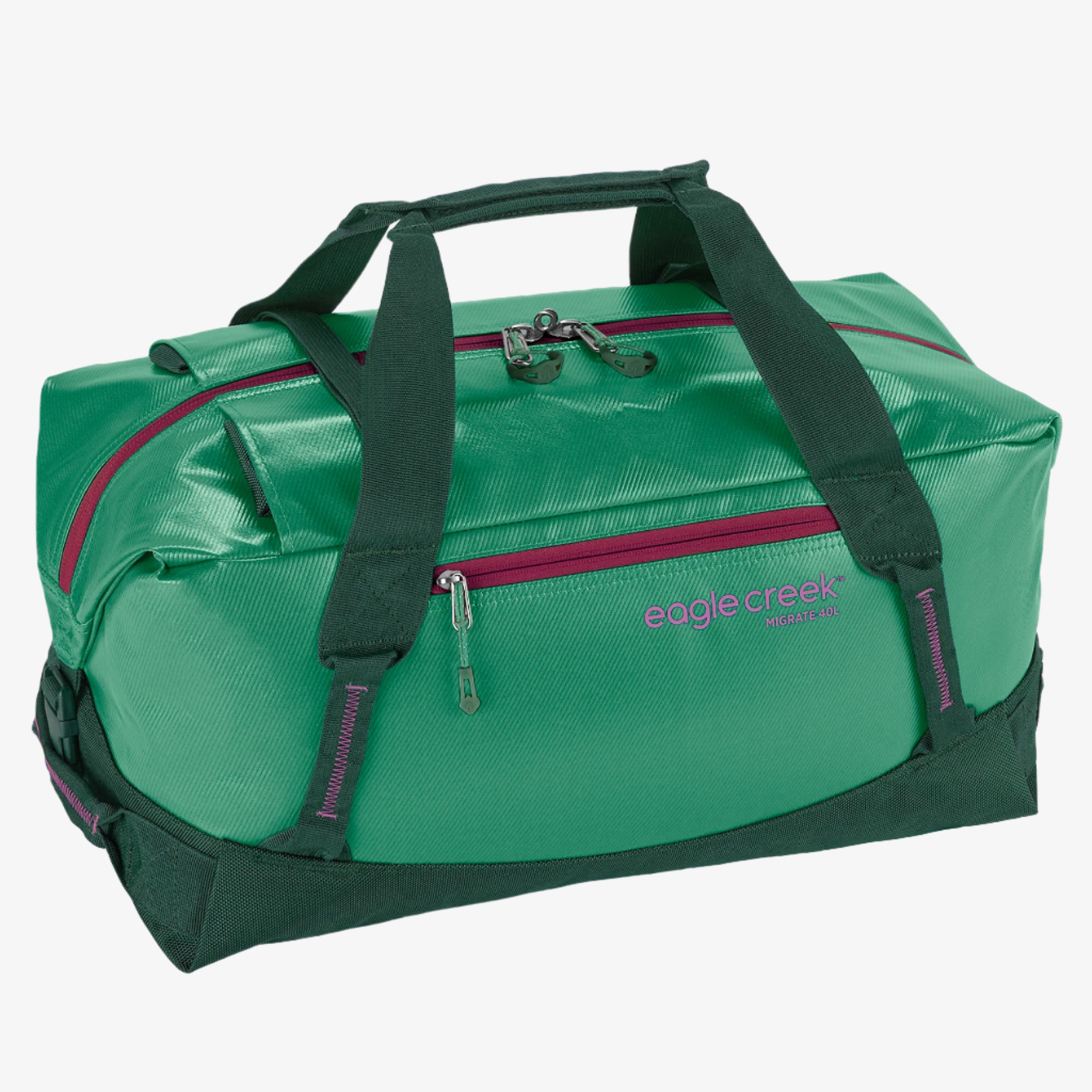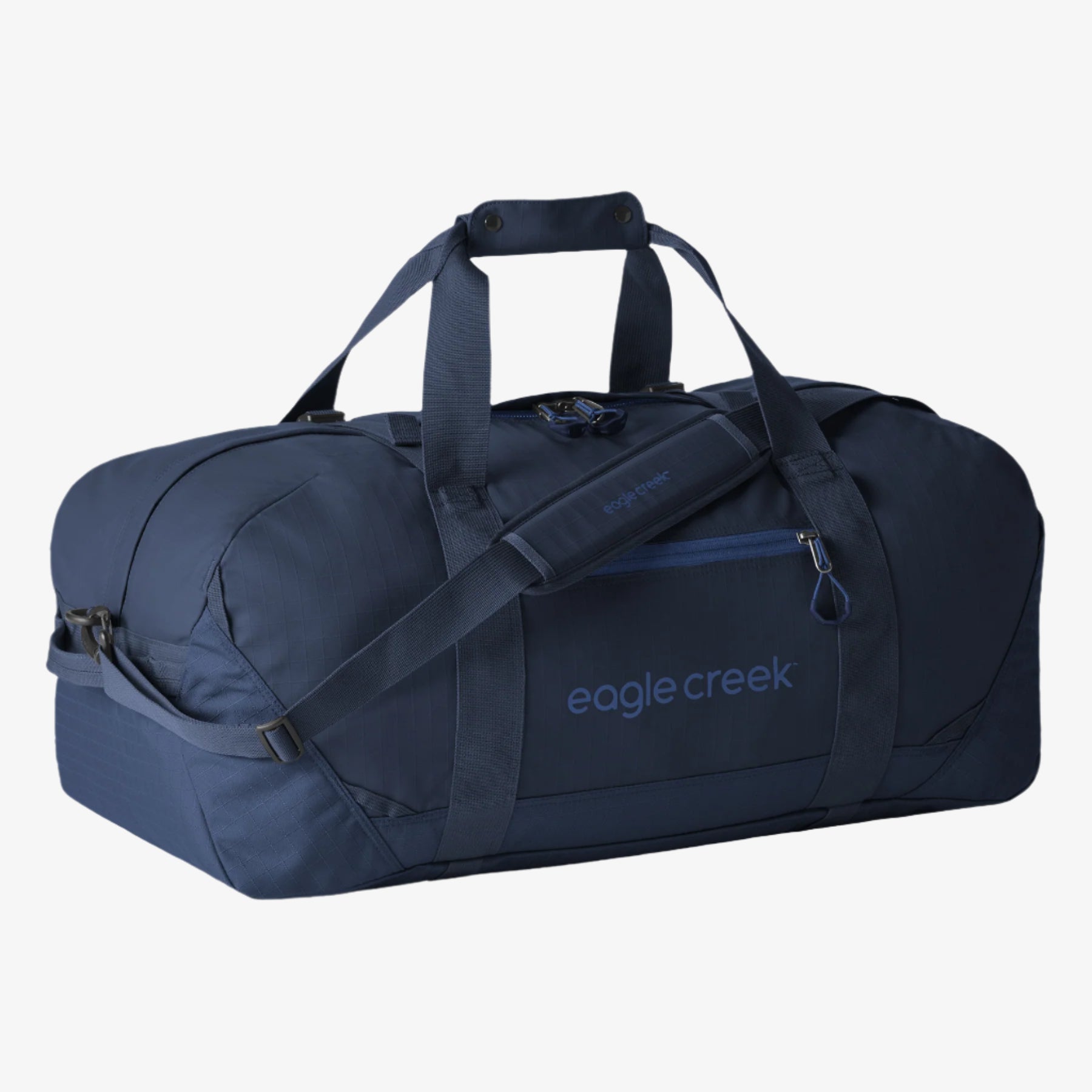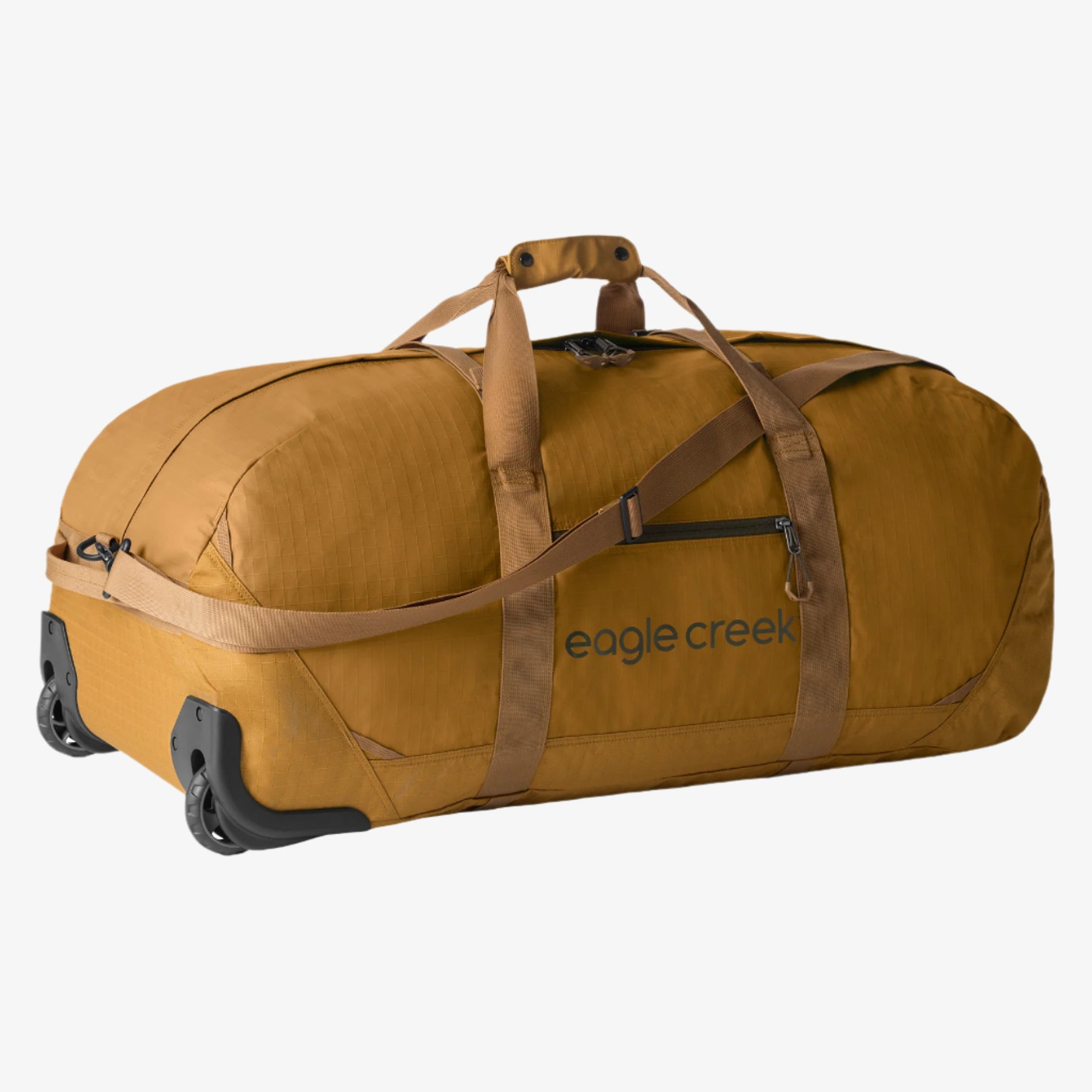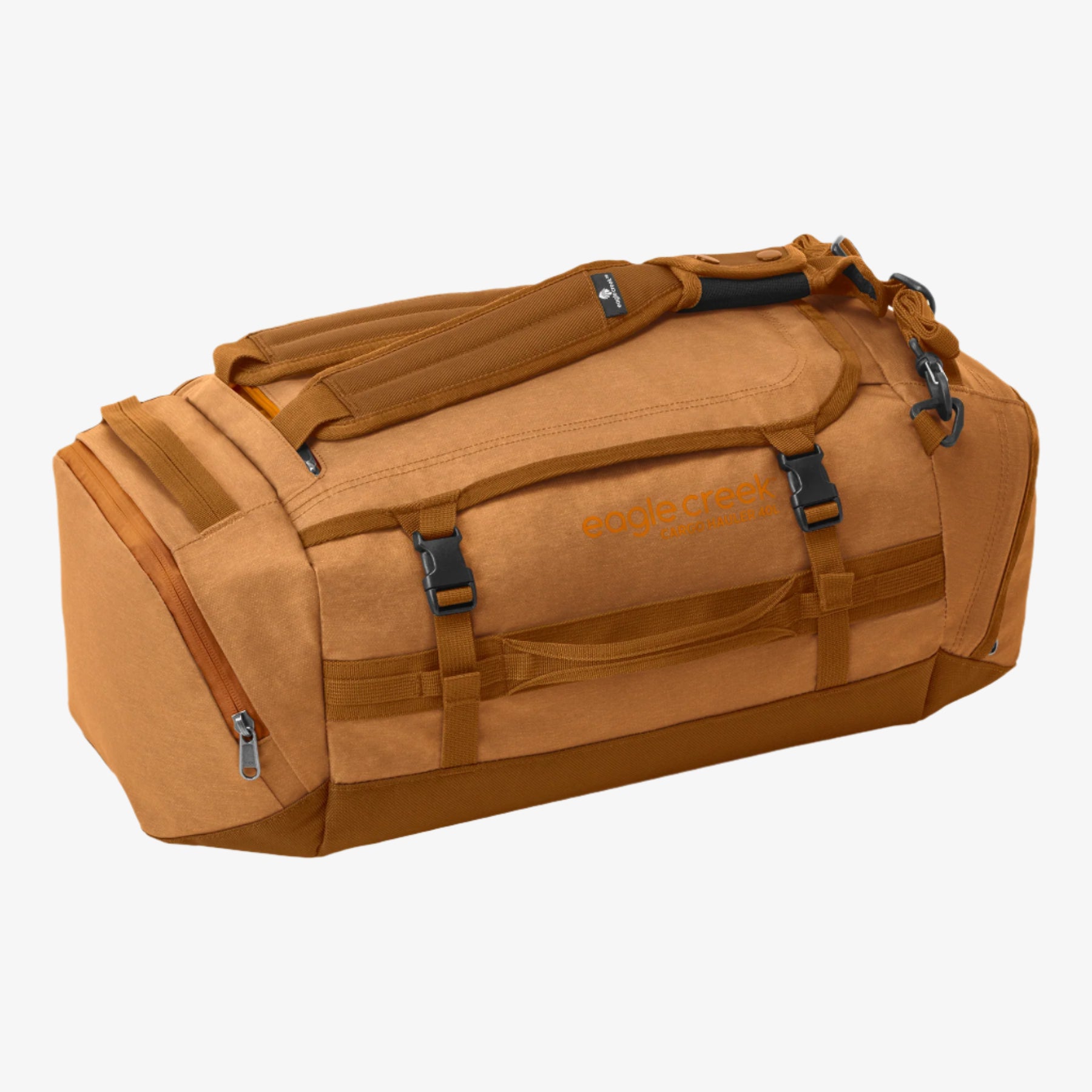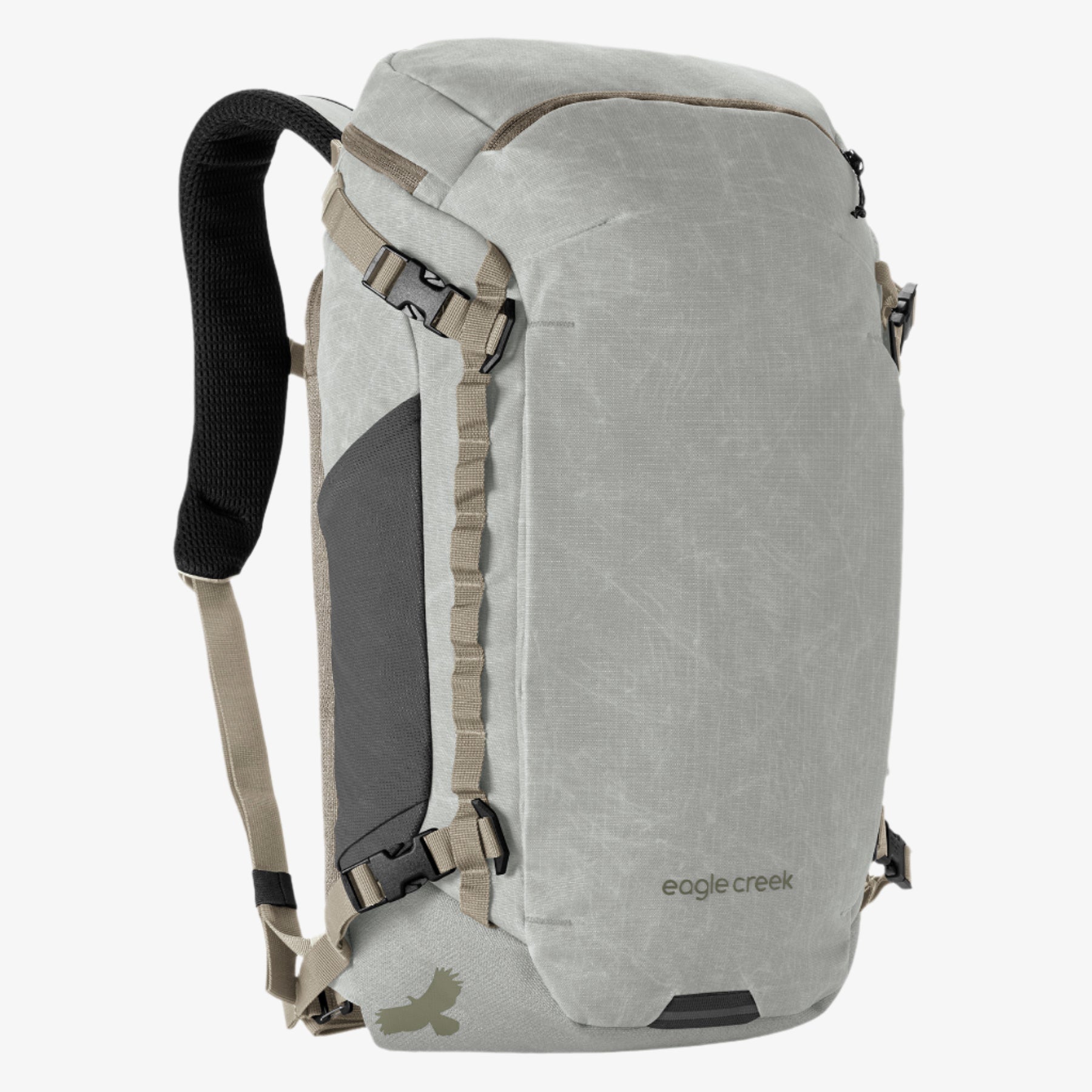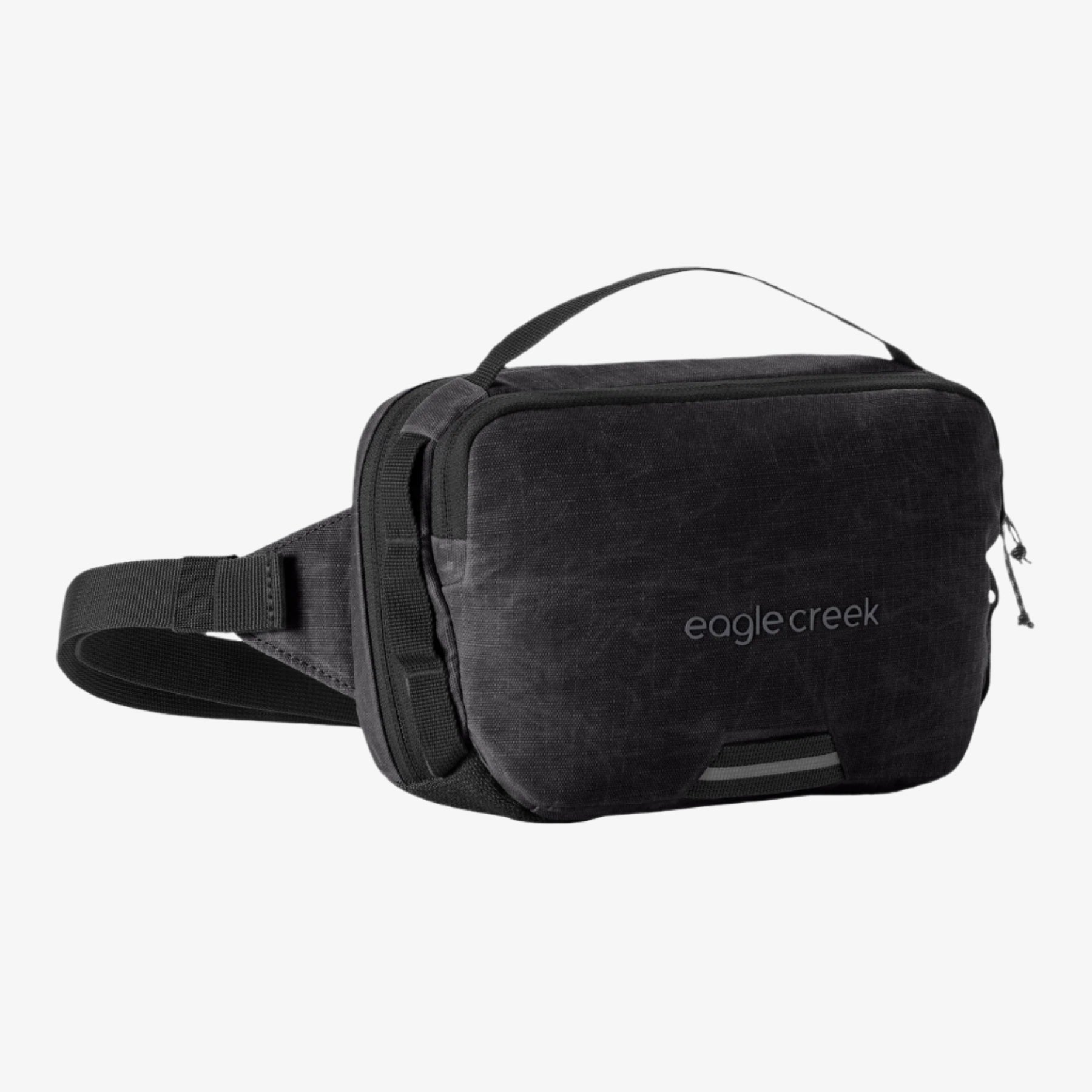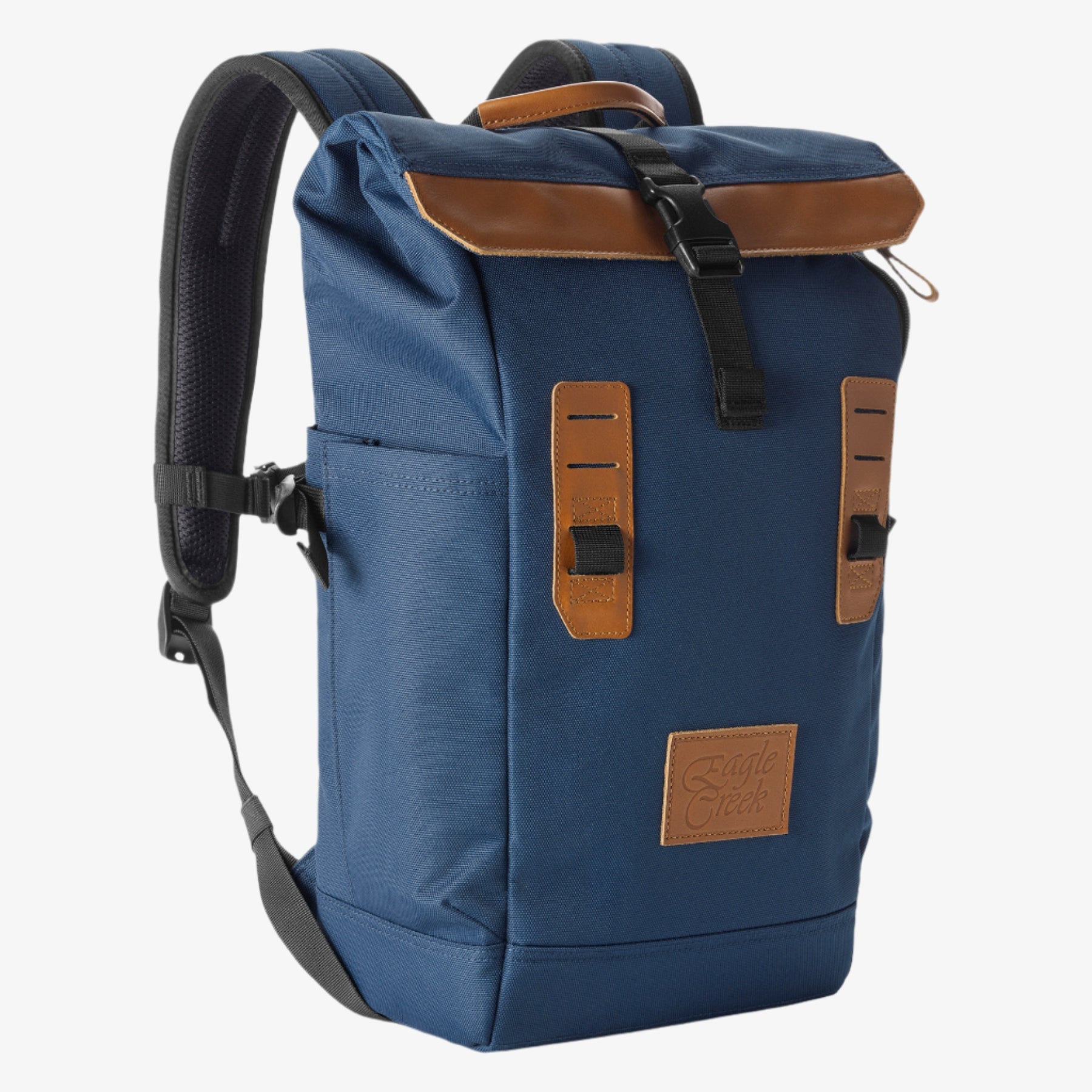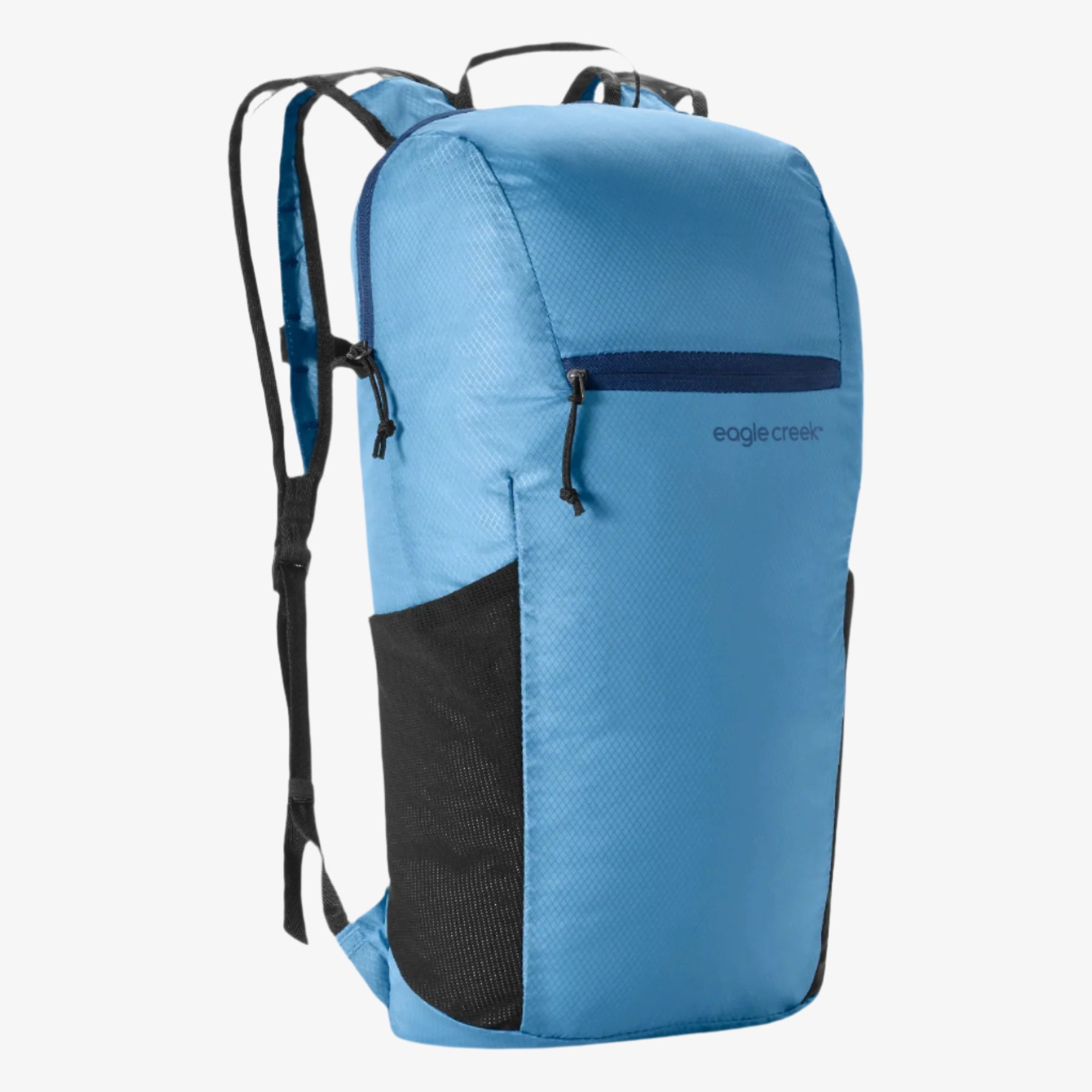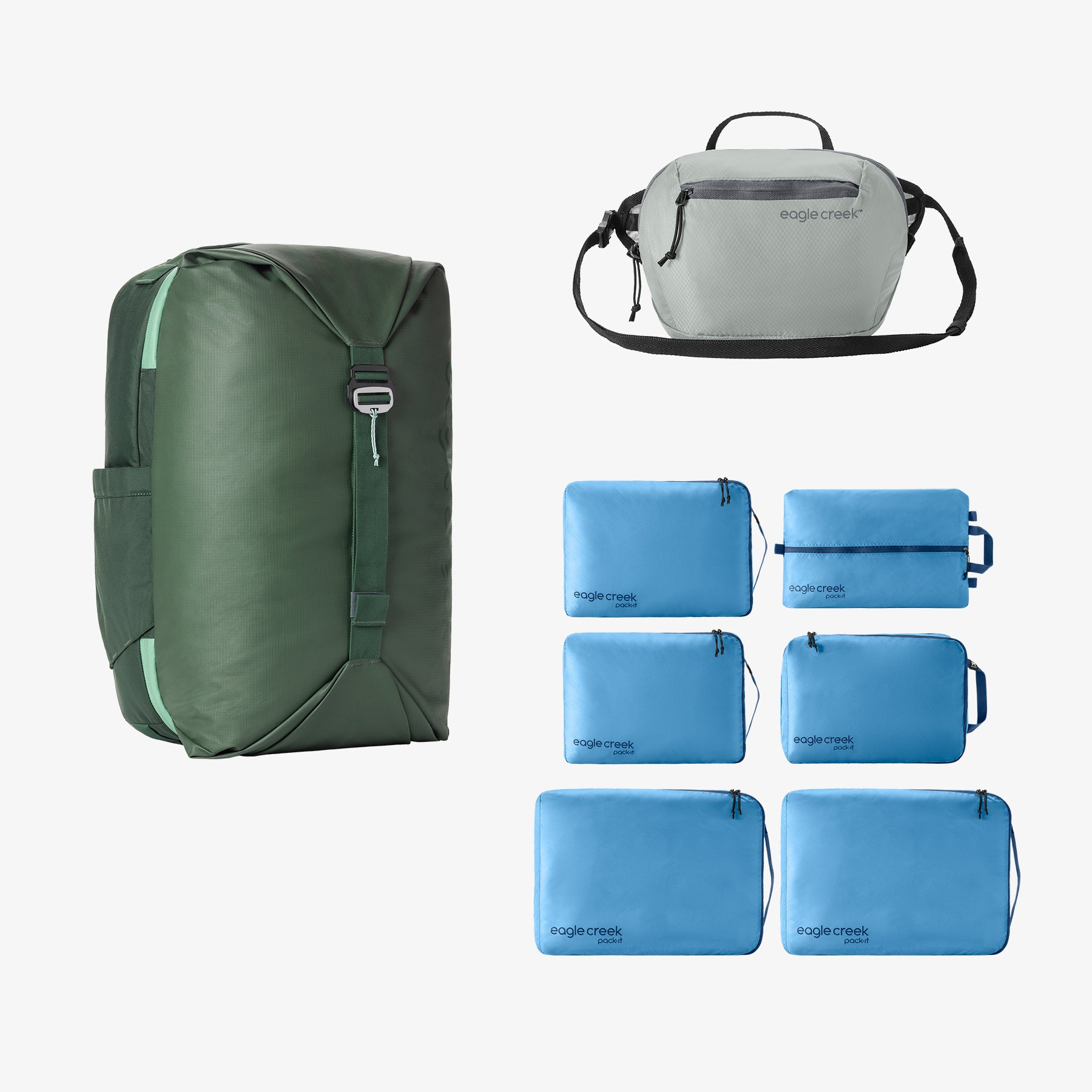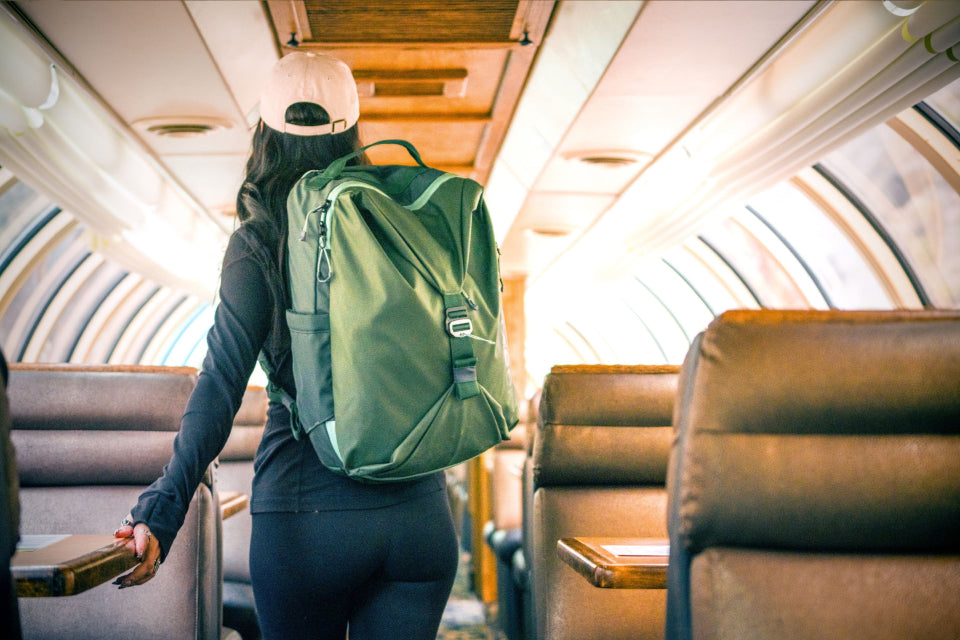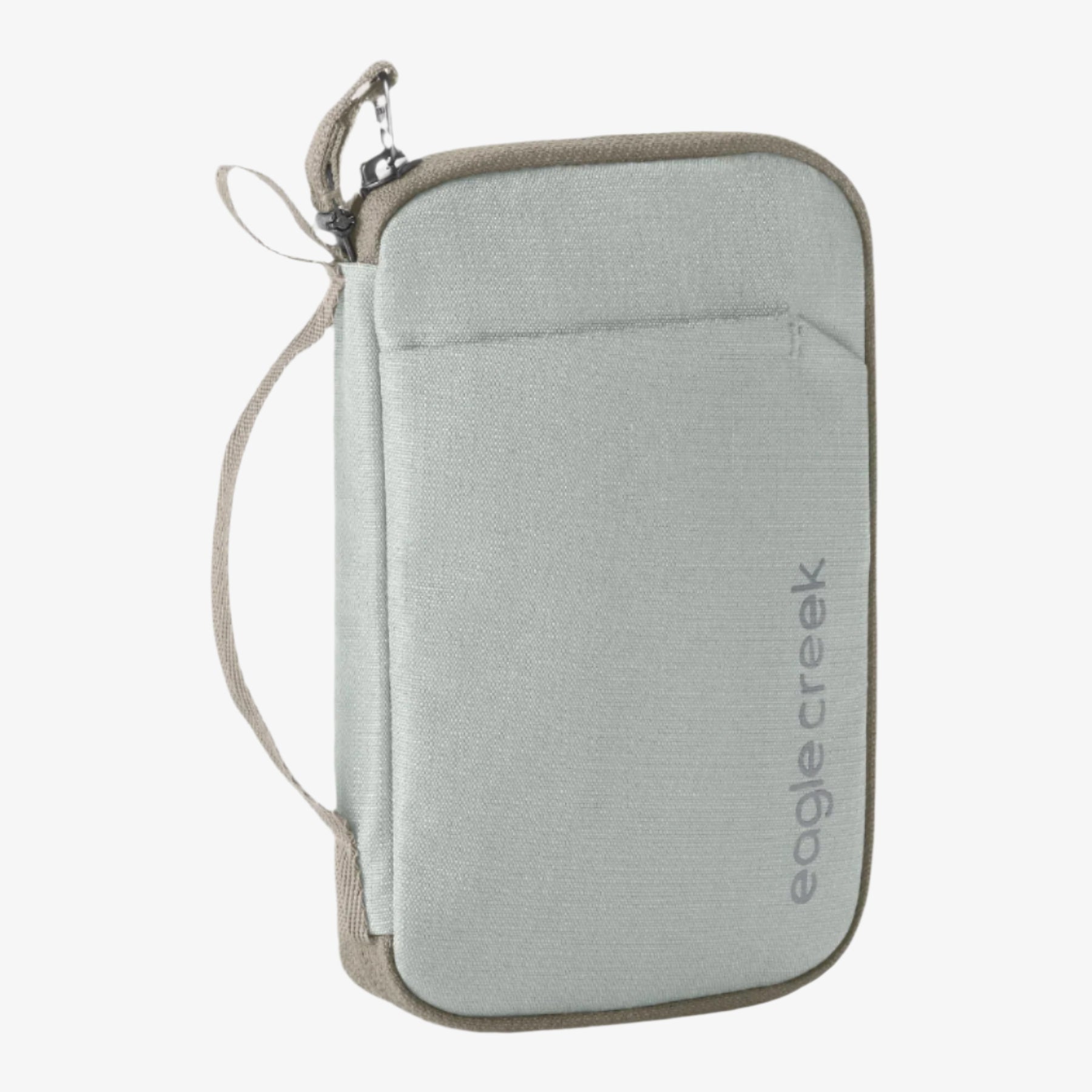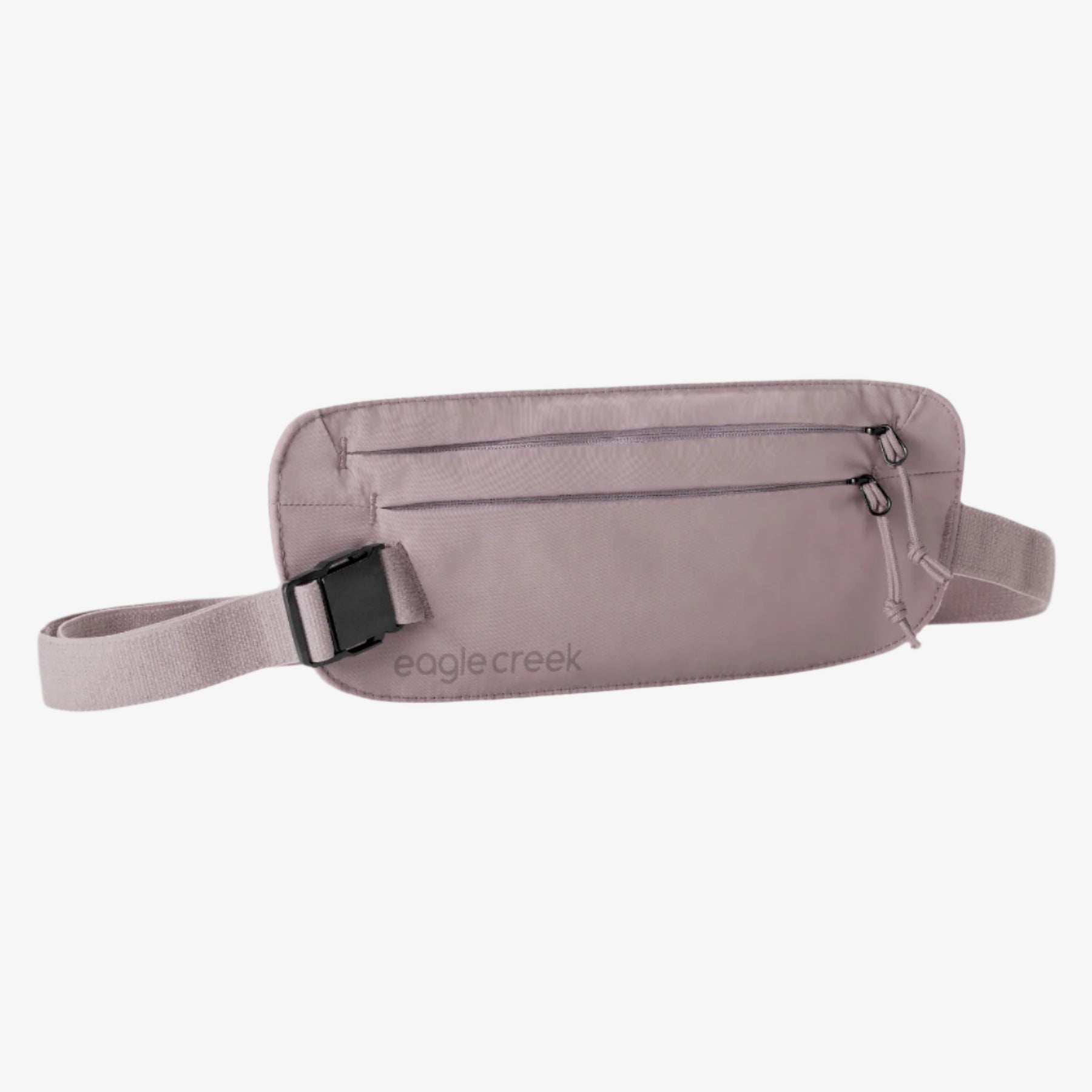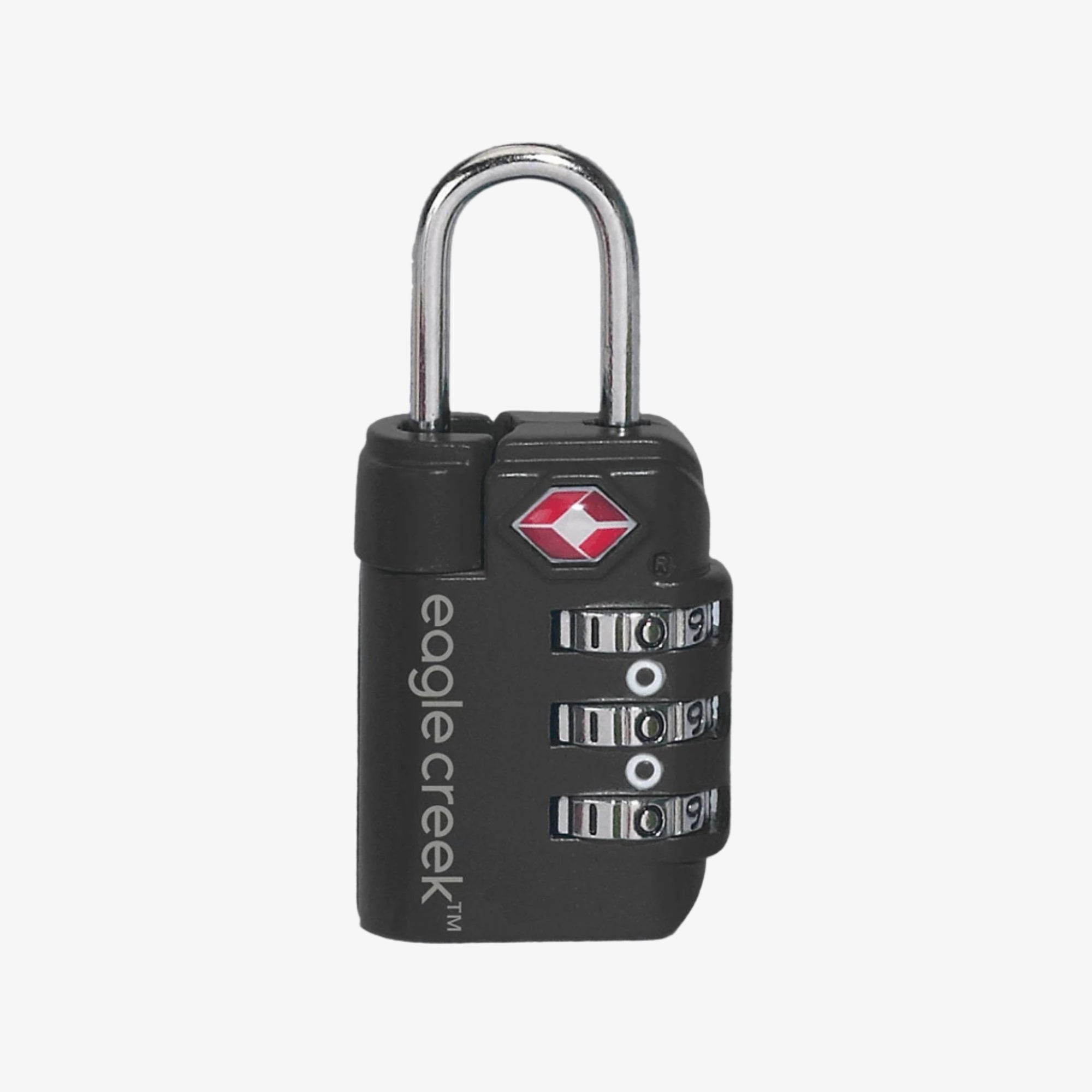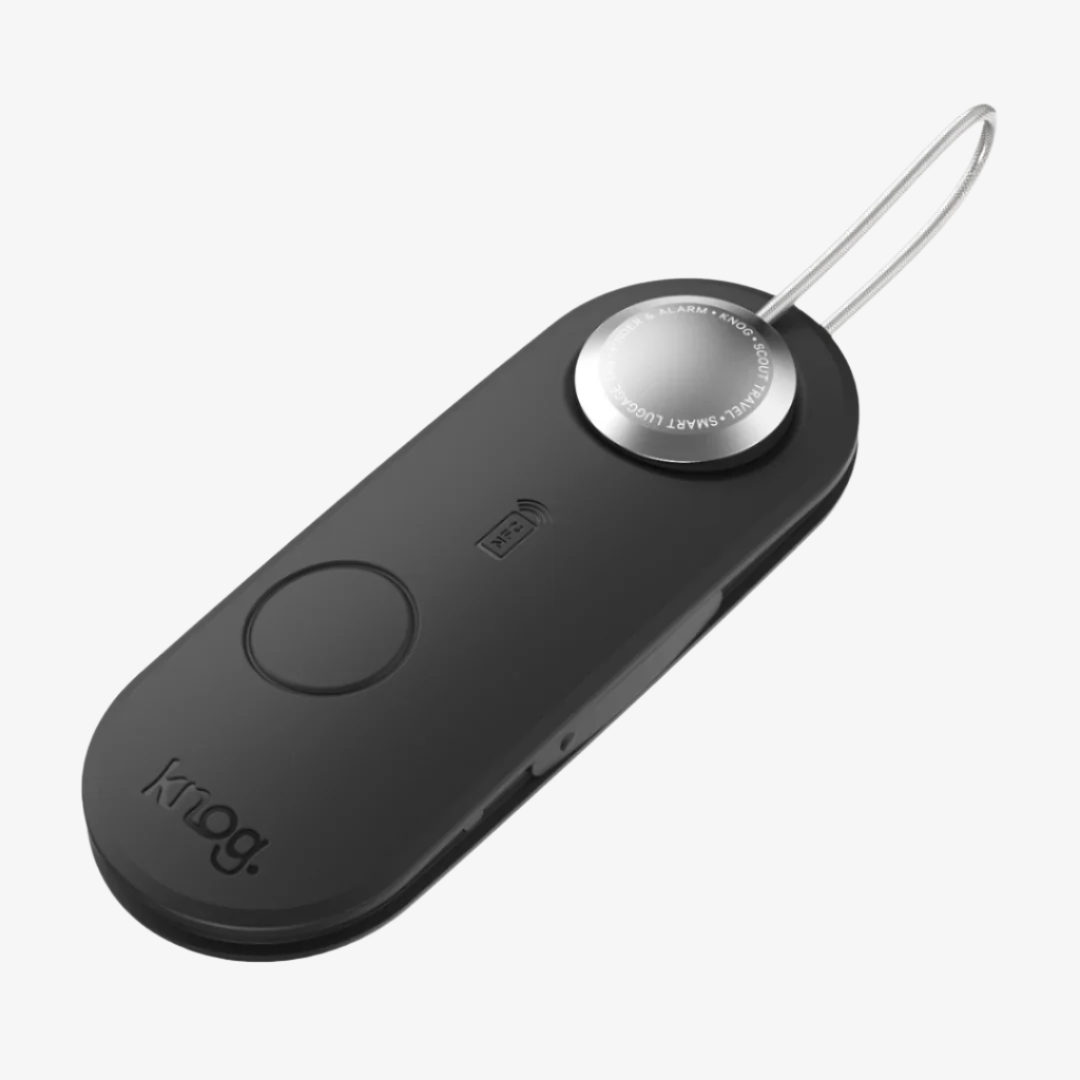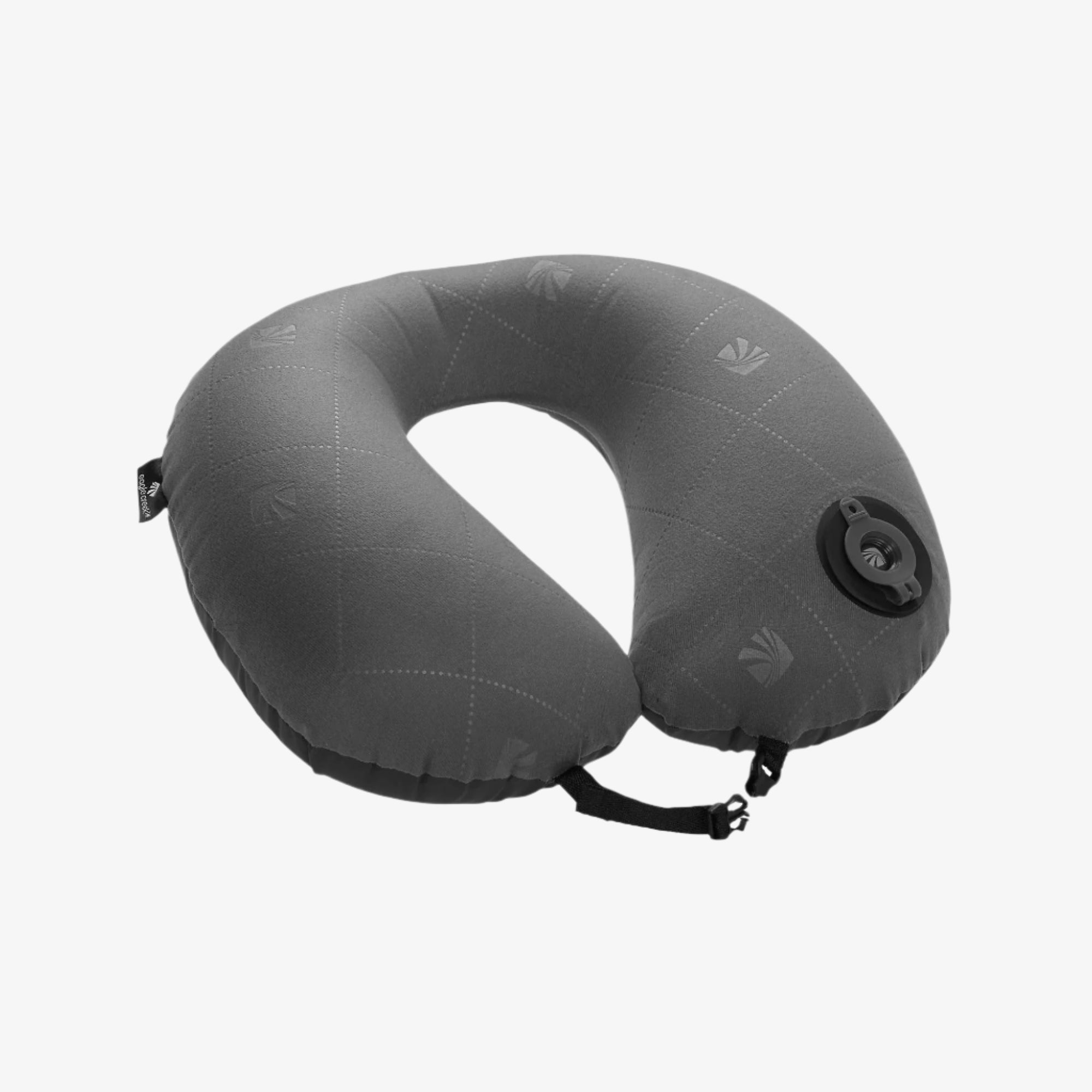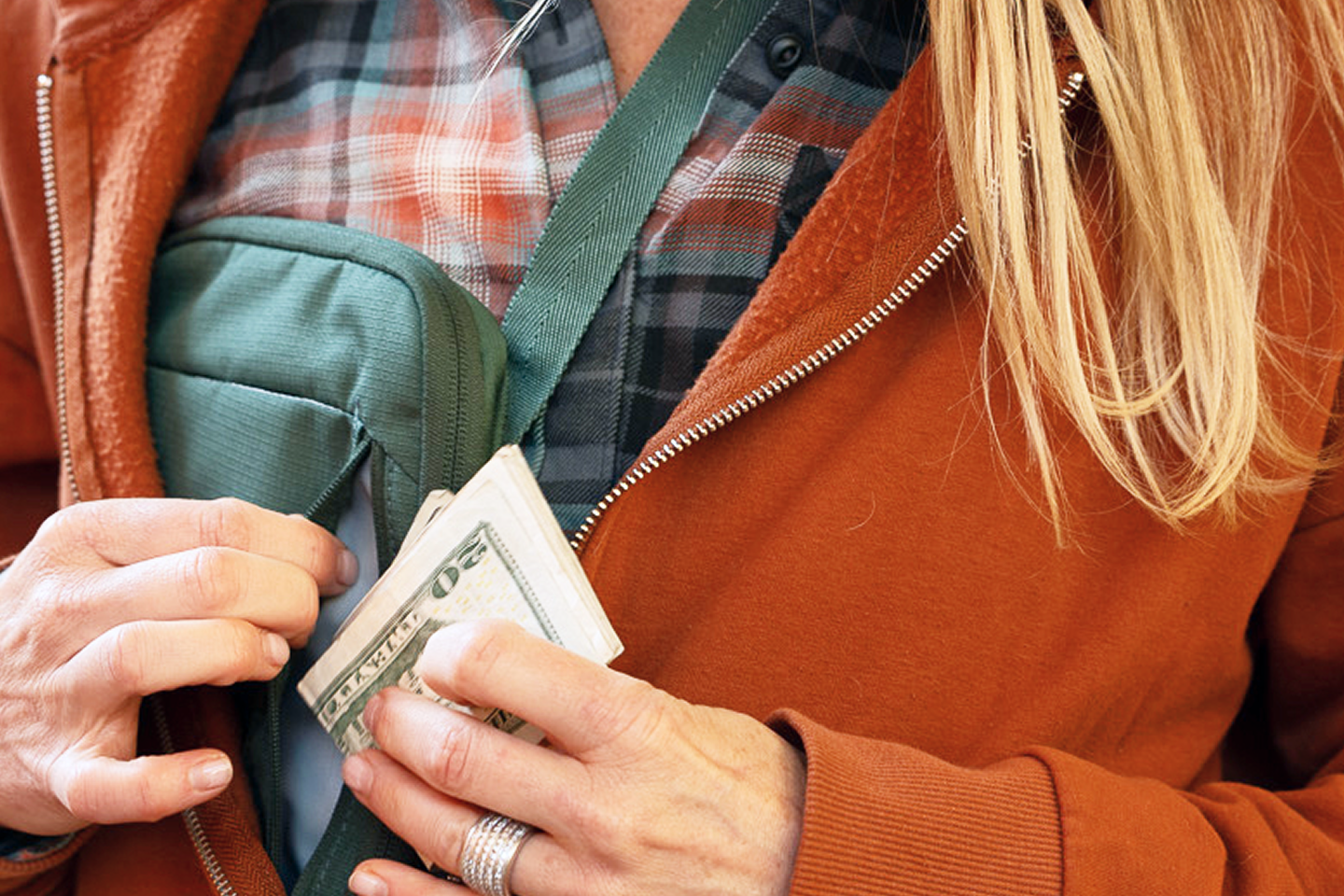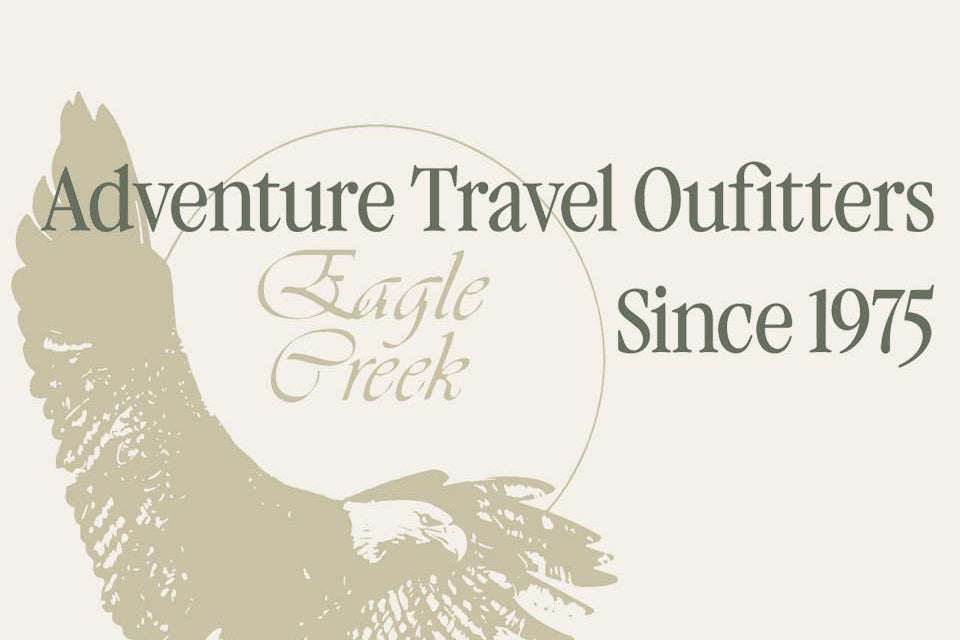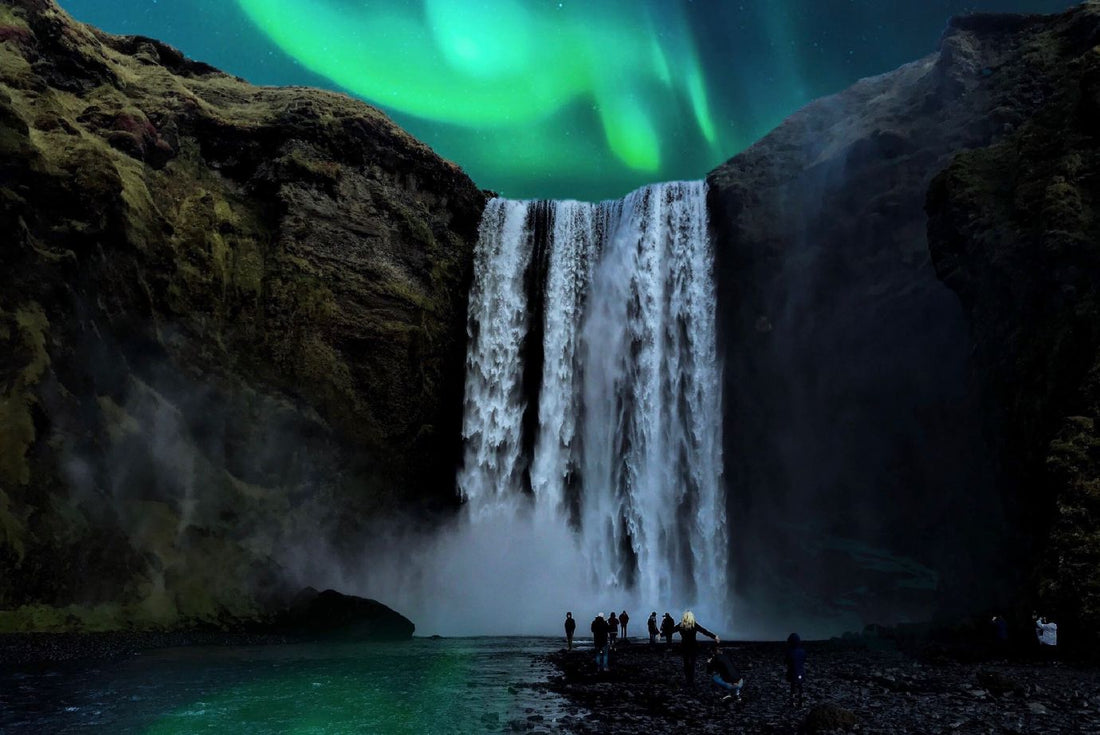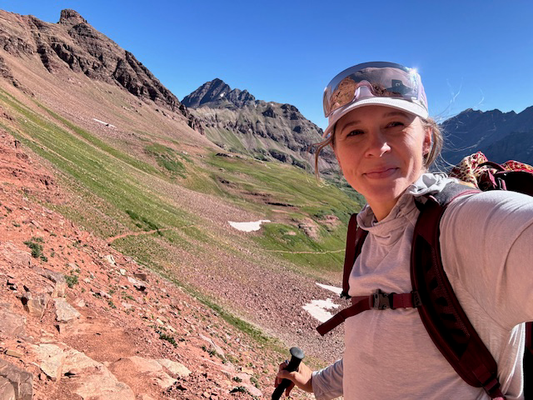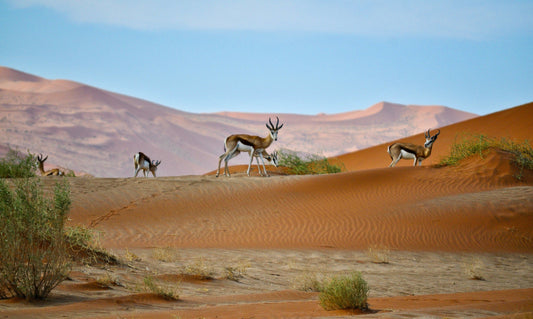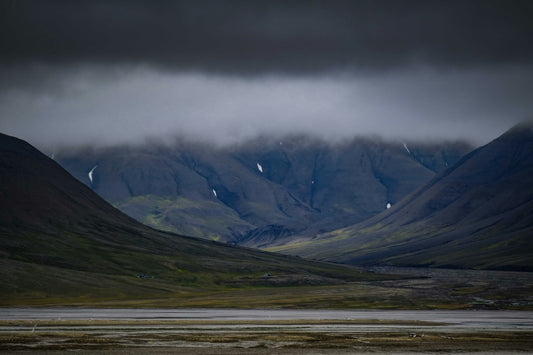
Searching for—and finding—the Northern Lights is on many bucket lists but this nocturnal show can be elusive. Here are your best bet destinations for seeing the Aurora Borealis.
It was late when the front desk guy at the hostel said, “There’s a good chance to see the Northern Lights tonight if you want to venture out.”
I was lounging in the common room in my cozy pants and a sweatshirt, contemplating bed. But the lure of was too great; I bundled up with the layers I’d packed, started my rental car, and made my way to the backroads of Vik, Iceland as recommended. There, alternating between starting the car for heat and (mostly) patiently waiting, I kept my eyes focused on the horizon.
When the green glow appeared, I almost thought I was imagining it. But the glow grew stronger until waves of lime green light undulated over the mountains. I was spellbound; I watched until my toes were tiny blocks of ice and my fingers were stiff. I didn’t even take out my camera—I didn’t want to miss a moment trying to capture it.
One of the most unforgettable experiences in the frozen north is searching for the Northern Lights. Part of the draw is the fact that there's no guarantee that you'll see them—each sighting is unique and special. However, there are certain locations, and certain times of year, offering a better chance of seeing the Aurora Borealis. These are the five best locations in the world to spot the Northern Lights, as well as when you should visit.
What are the Northern Lights?
But first, science:
The Northern Lights are caused by electrically charged particles from the sun as they hit the Earth’s magnetic field. The magnetic poles of the northern and southern hemispheres attract this “solar wind,” and the particles create the light show we see. The intensity of the lights depends on the activity of the sun, and the acceleration speed of these particles. Several apps forecast potential activity, like the My Aurora Forecast app, to help narrow down potential sighting windows, but nothing is guaranteed.
Iceland
Because of its location close to the North Pole, Iceland is a prime destination for seeing the Northern Lights. In general, you might see the lights at any time from September to mid-April; November to February is touted as prime time as they’re the darkest months. When the Lights are active, they can be seen in Reykjavik, but your best bet is to venture away from the city. Several tour operators offer excursions from Reykjavik to chase the Northern Lights, but spending a few nights afield is a better bet for seeing them.
Norway
Norway is one of the most popular destinations for catching the Northern Lights because of the amount of land that lies above the Arctic Circle. Though it may be possible to see the lights in the summer months, visiting between October and January is a better statistical bet as the nights are longer and darker. Some of the more popular towns in Norway to see the Aurora Borealis include Tromso (tons of tours), the Lofoten Islands (dramatic displays over the picturesque landscape), and Senja (see the lights reflected in the Norwegian fjords).
Finland
Like Norway, much of northern Finland is located above the Arctic Circle and an ideal spot for Northern Lights watching. Fact: The Northern Lights are visible on roughly 200 nights a year—or every other clear night—in Finnish Lapland. Head to Rovaniemi and you’ll find tours that will offer a chance to see the lights but be forewarned: with upwards of 30 people on some of these tours, they’re not as quiet and contemplative as you might expect. If you want a more individual experience, try a snowshoe, cross-country skiing, or snowmobile and sled dog tour.
Scotland
Yep, Scotland. Though it may not immediately spring to mind when you think of the Northern Lights, the remote Shetland Islands are a fantastic viewing spot. Because Shetland lies closer to the North Pole than any other part of the British Isles, on a clear night you can easily see the Aurora Borealis several times, whether it’s lower intensity displays or the huge swaths of color you’d expect.
Alaska
You don’t have to go overseas to see the Northern Lights—Alaska is the best spot in the U.S. to see the lights. Like other locations, the best time to catch the lights is in winter, from late September to early April when the nights are the longest. Though you can see the lights all over the state, Fairbanks is the most reliable spot as it’s geographically under the "aurora oval," where auroras are seen most frequently. Several tour companies offer excursions from there. Talkeetna, near Denali National Park, is another hot spot for the Aurora Borealis but the same tips for other locations apply for Alaska—the farther from the city you venture, the easier it is to see the show.
Fun Fact: Though it may seem as if the lights only come out during the winter, they’re actually dancing year-round. It’s just extremely difficult to the Northern Lights in the sunshine. So bundle and pack plenty of warm clothes—use a large suitcase and packing cubes to pack your cold-weather gear—and take along warm beverages and snacks in a packable tote for your Northern Lights trip, it’ll be worth it!
Related Links (from Eagle Creek blog):
Stepping Away from the Camera for the Northern Lights


